When the stock market crashed on October 29, 1929, New York City was the epicenter of the financial earthquake. As the nation’s financial capital, the city was the first and hardest hit. The Great Depression transformed every aspect of life in the five boroughs, creating a landscape of extreme poverty alongside incredible feats of engineering and construction.
The Immediate Aftermath
The crash on Wall Street had a direct ripple effect across the city. Bankers and brokers lost their fortunes in an instant. The crisis quickly spread beyond the financial district. Factories closed, shipping slowed, and stores laid off workers. By 1932, an estimated one million New Yorkers were unemployed.
Lines for food became a common sight. Charitable organizations and churches opened soup kitchens and breadlines to feed the hungry. These lines would often stretch for blocks, filled with people from all walks of life who were now unable to feed their families. For thousands, this became their only source of a daily meal.
Read more
Hoovervilles: Shantytowns in the Parks
As people lost their jobs, they were evicted from their homes. Without shelter, many built shantytowns in the city’s open spaces. These communities of makeshift huts were called “Hoovervilles,” a name that bitterly mocked President Herbert Hoover’s handling of the crisis.
The largest and most famous Hooverville in New York was located in Central Park on the site of the Great Lawn, which was then an empty reservoir. Families constructed shacks from scavenged materials like wooden crates, scrap metal, and cardboard. They were desperate attempts to create a home in the heart of one of the world’s wealthiest cities.
A City of Contrasts
The Depression did not affect all New Yorkers equally. While thousands starved, the city’s wealthy elite continued to live lives of luxury. Formal balls were still held, and exclusive restaurants remained open.
This contrast was most visible in the city’s skyline. In a striking paradox, the Depression era was also the peak of New York’s skyscraper boom. Projects that had been financed during the prosperous 1920s went forward. The Chrysler Building was completed in 1930, followed by the Empire State Building in 1931. These incredible structures became symbols of hope and ambition, but they also highlighted the economic despair on the ground. For years after its completion, the Empire State Building was nicknamed the “Empty State Building” because few businesses could afford to lease office space in it. The construction of these towers did, however, provide crucial jobs for thousands of workers.
The New Deal Changes the City
The situation began to shift with the election of President Franklin D. Roosevelt in 1932 and his New Deal programs. In 1934, Fiorello La Guardia became the mayor of New York City and worked closely with the federal government to bring relief.
The Works Progress Administration (WPA) had a massive impact on New York. This federal program was designed to create jobs by funding public works projects. WPA workers transformed the city’s infrastructure. They built the Triborough Bridge, Lincoln Tunnel, and the Grand Central Parkway. They also constructed hundreds of parks, playgrounds, and public swimming pools, many of which are still in use today. The WPA not only gave unemployed New Yorkers a paycheck but also modernized the city for future generations.




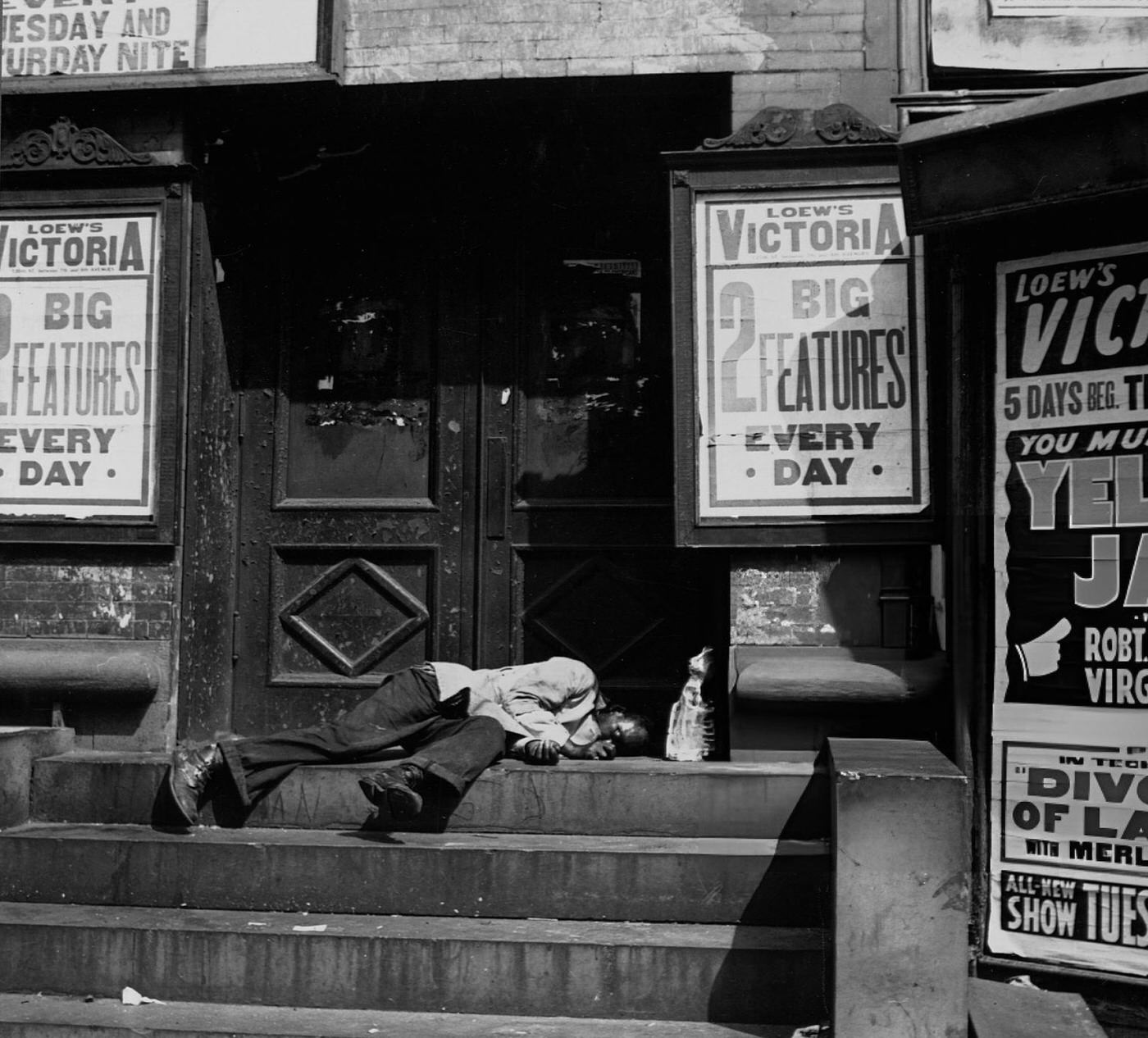

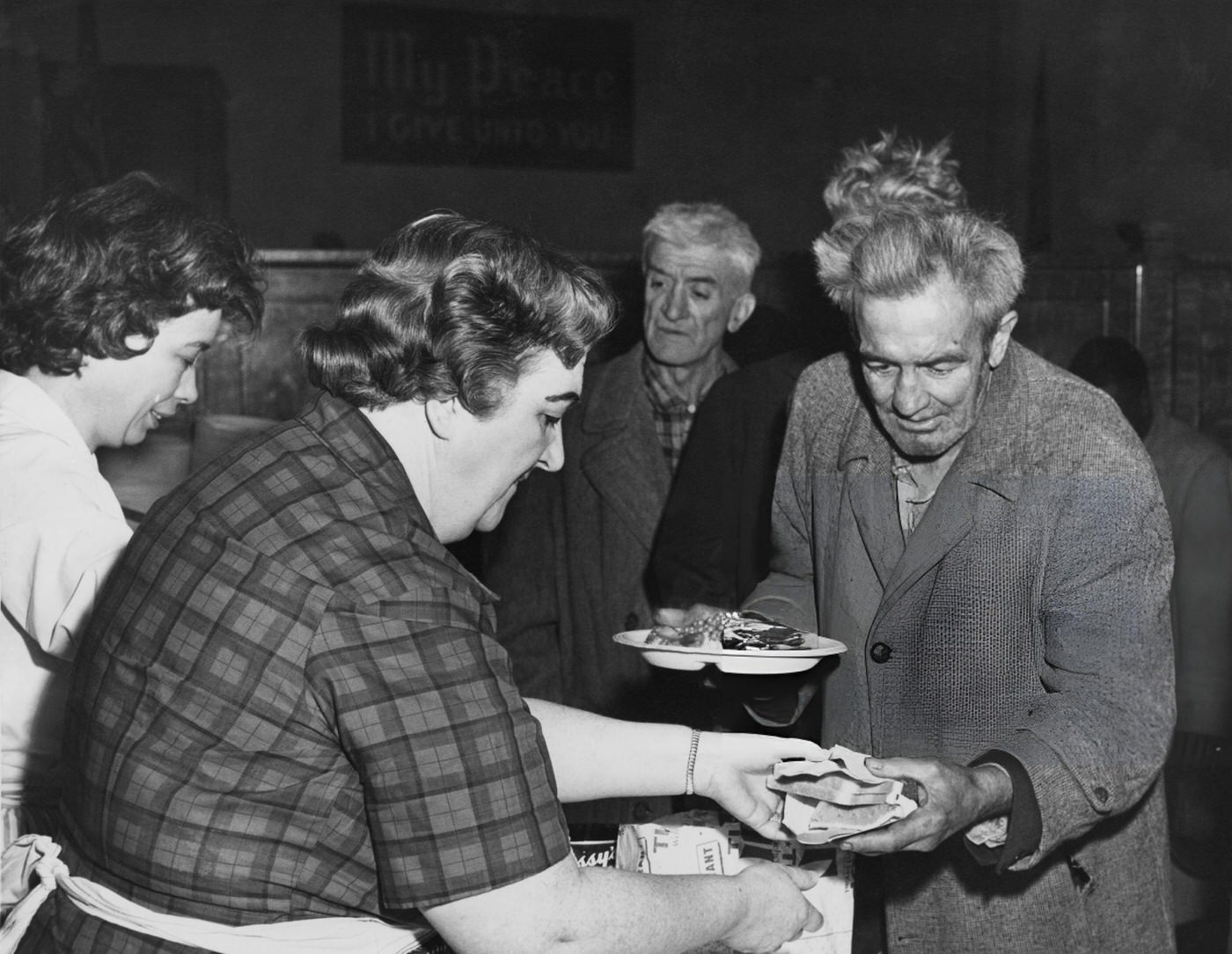
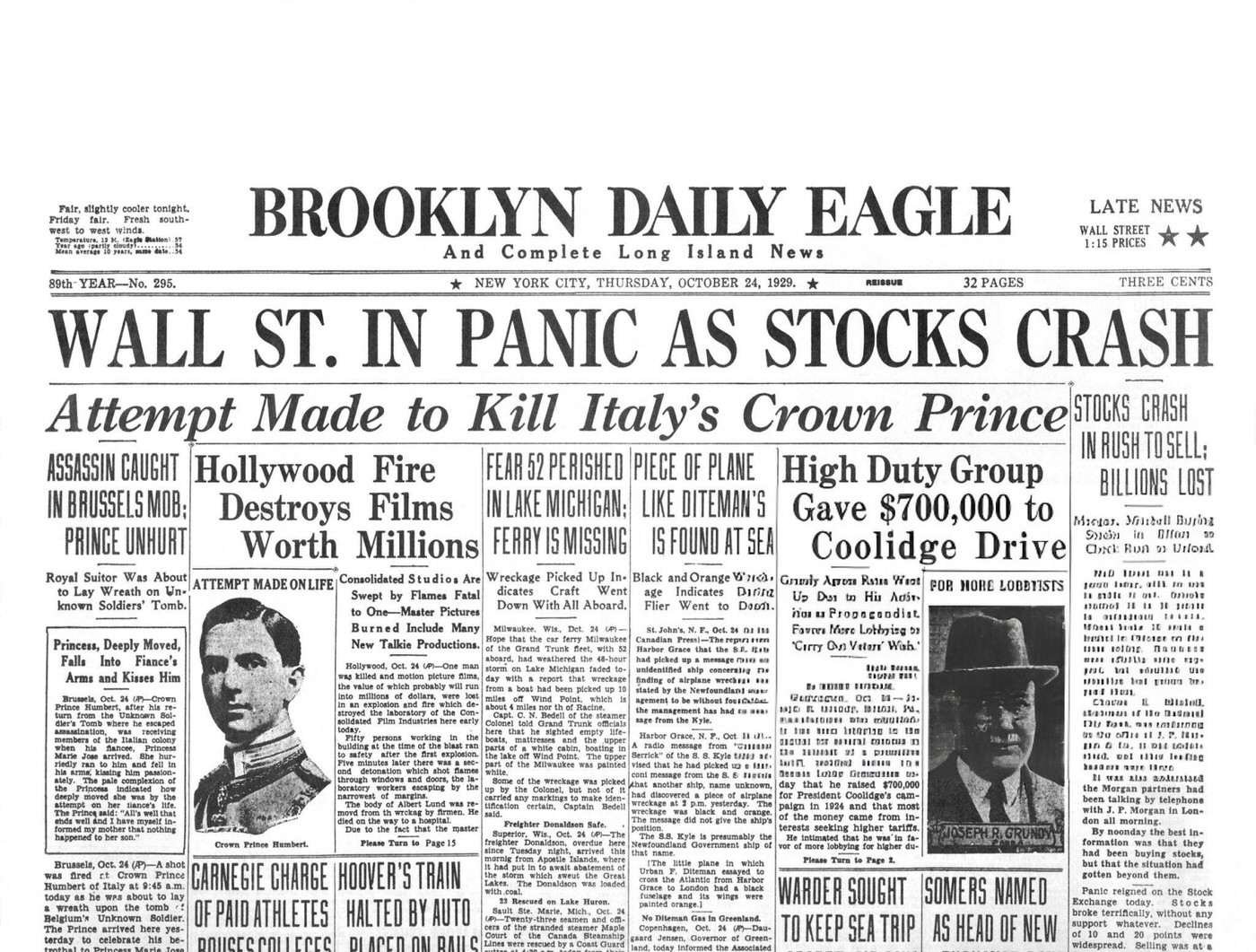
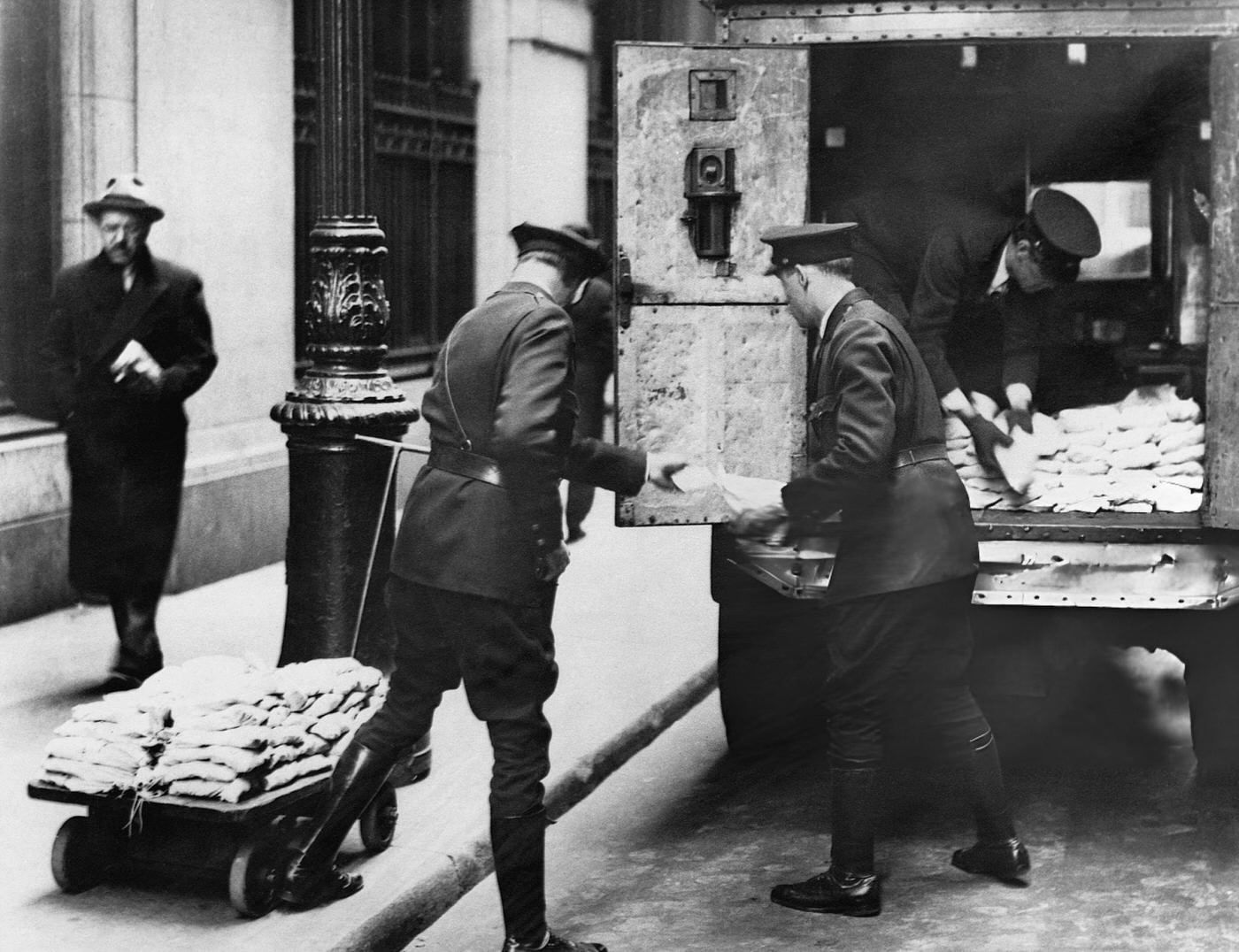
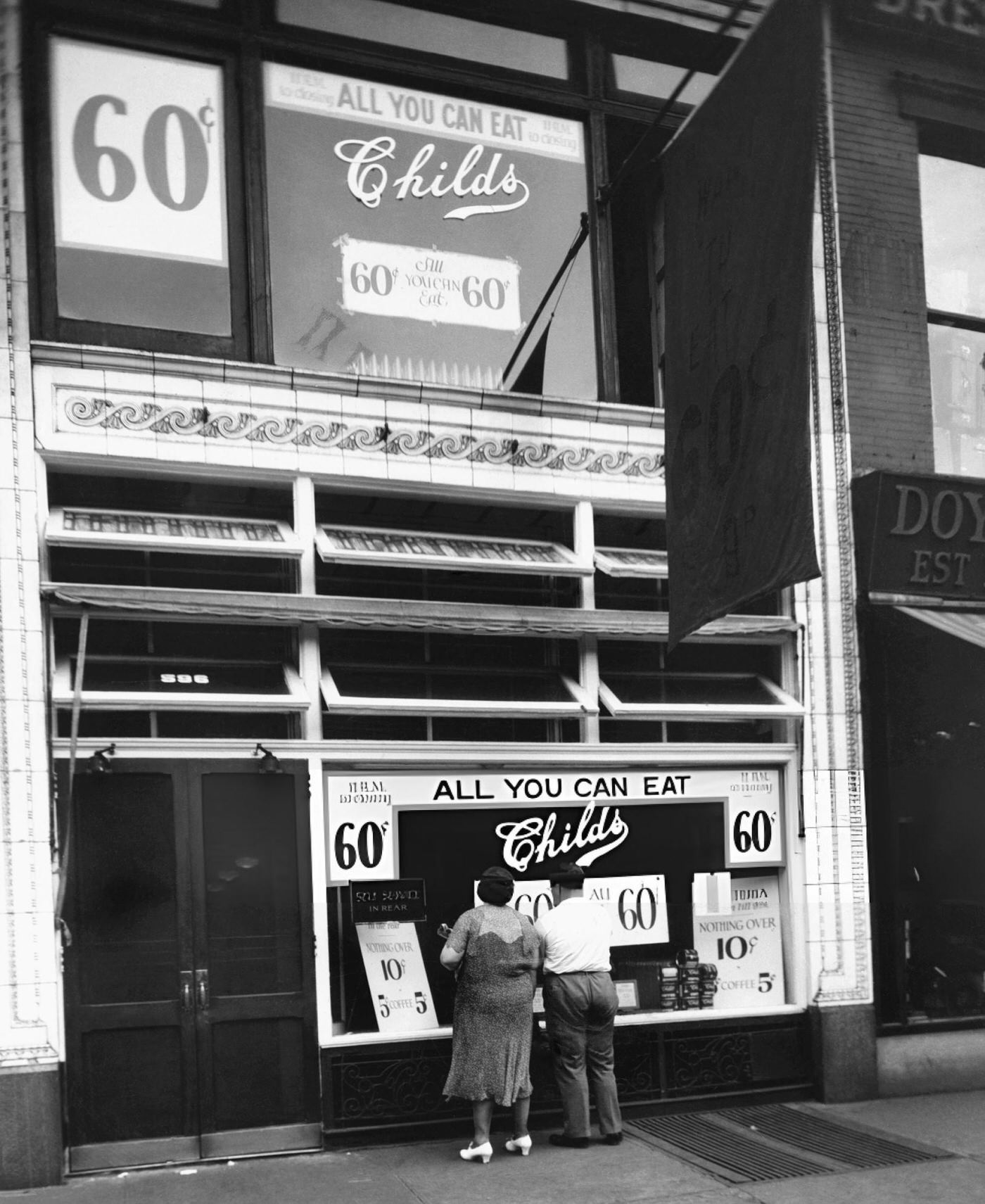

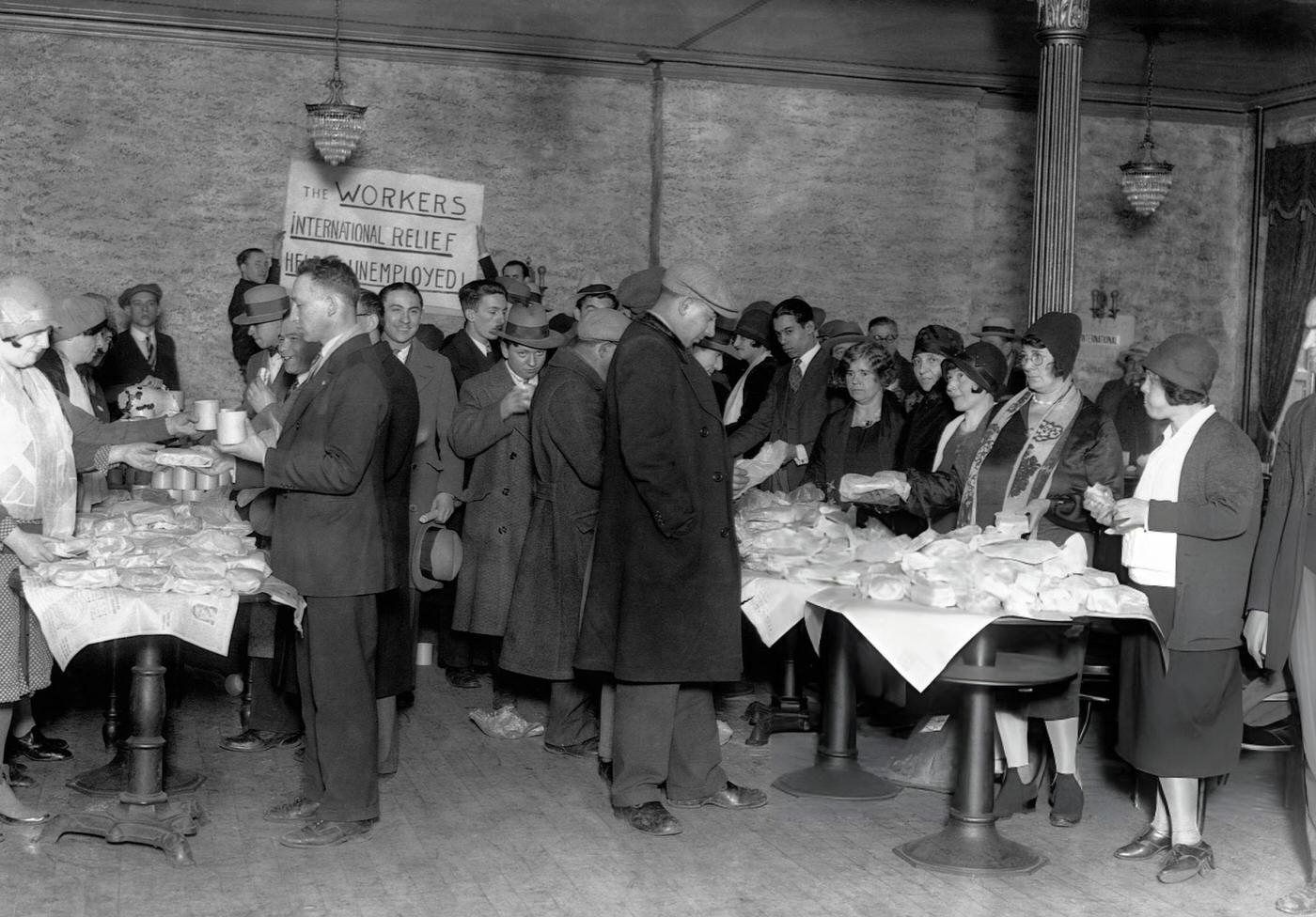
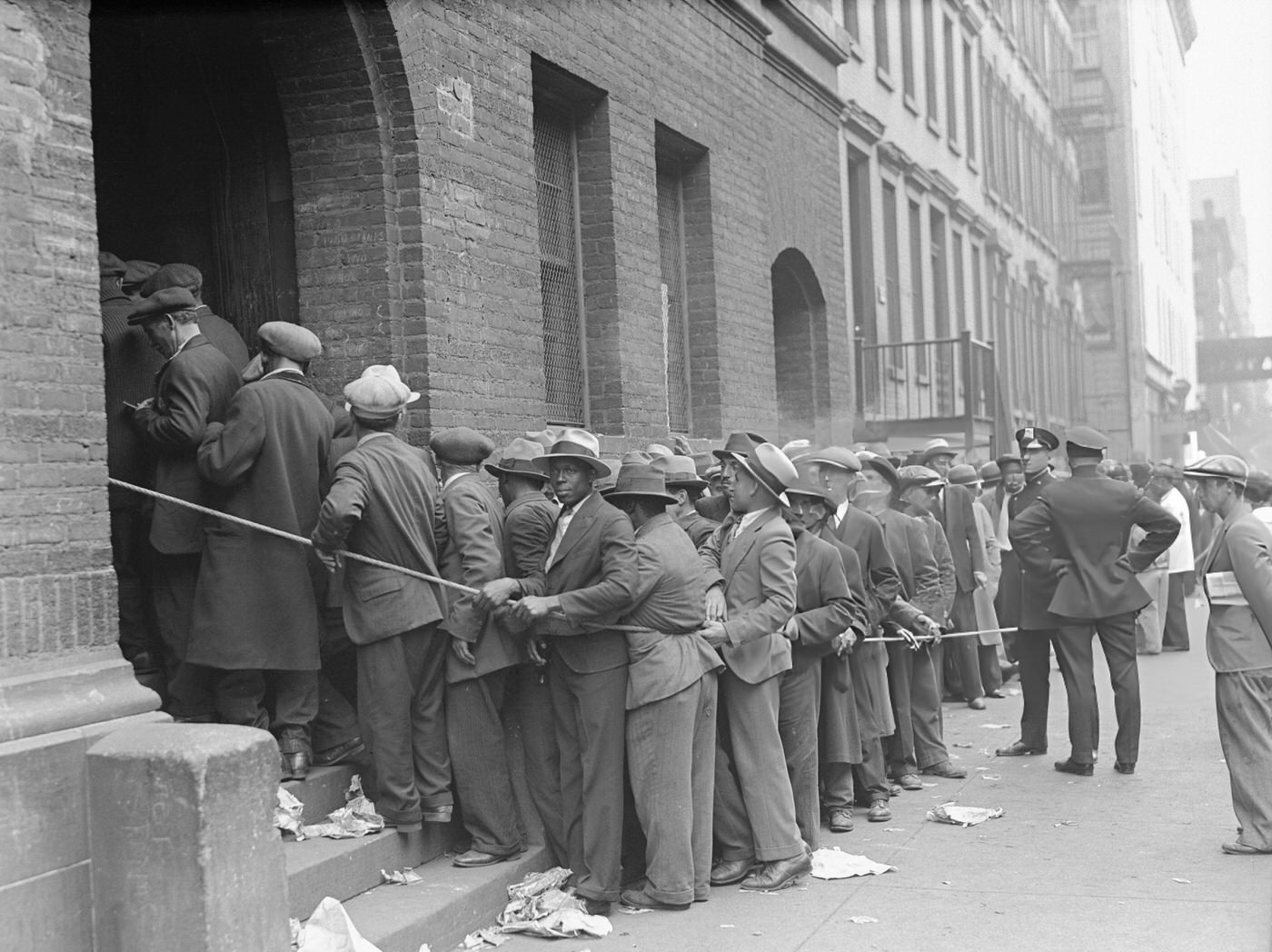
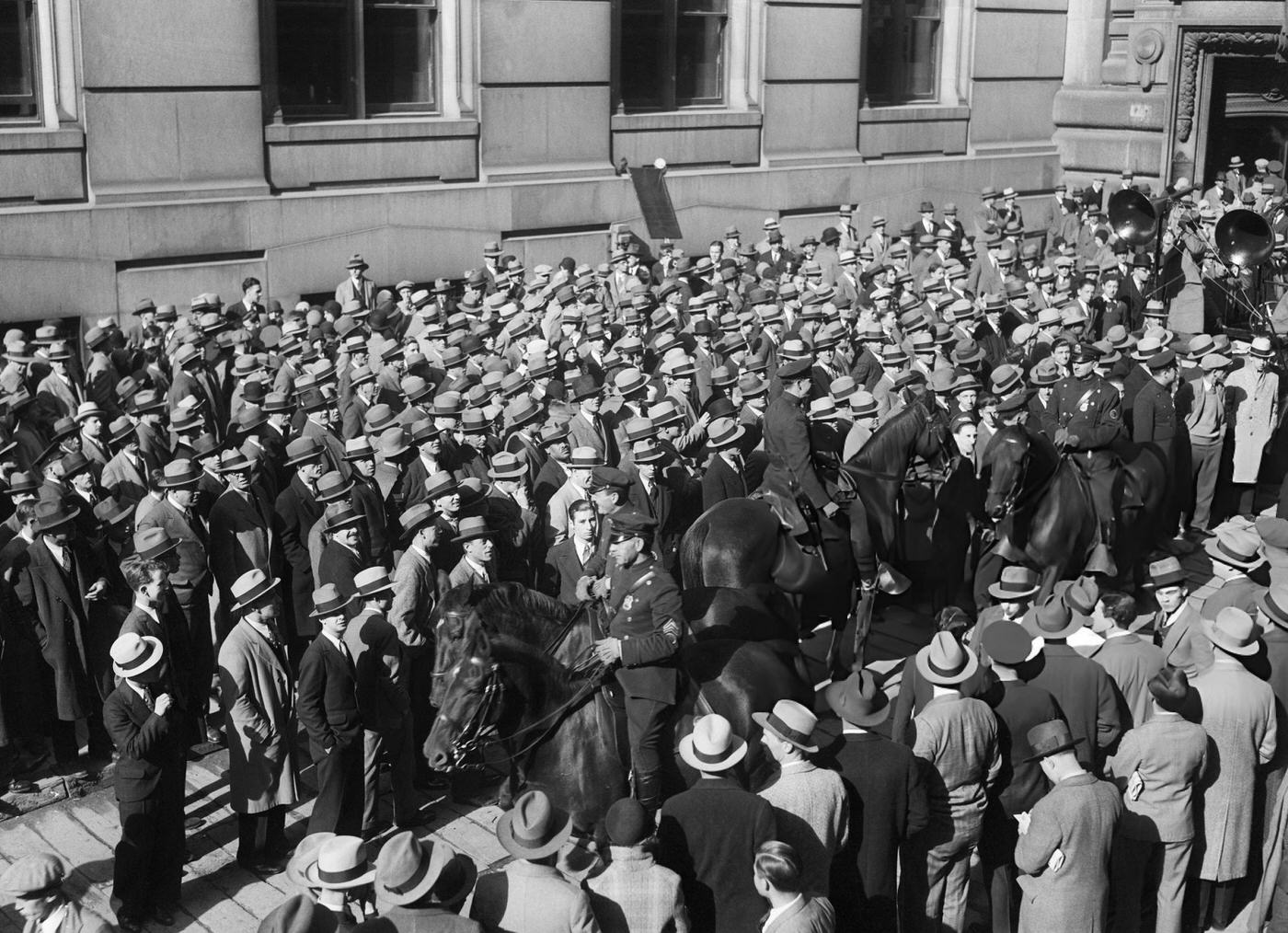
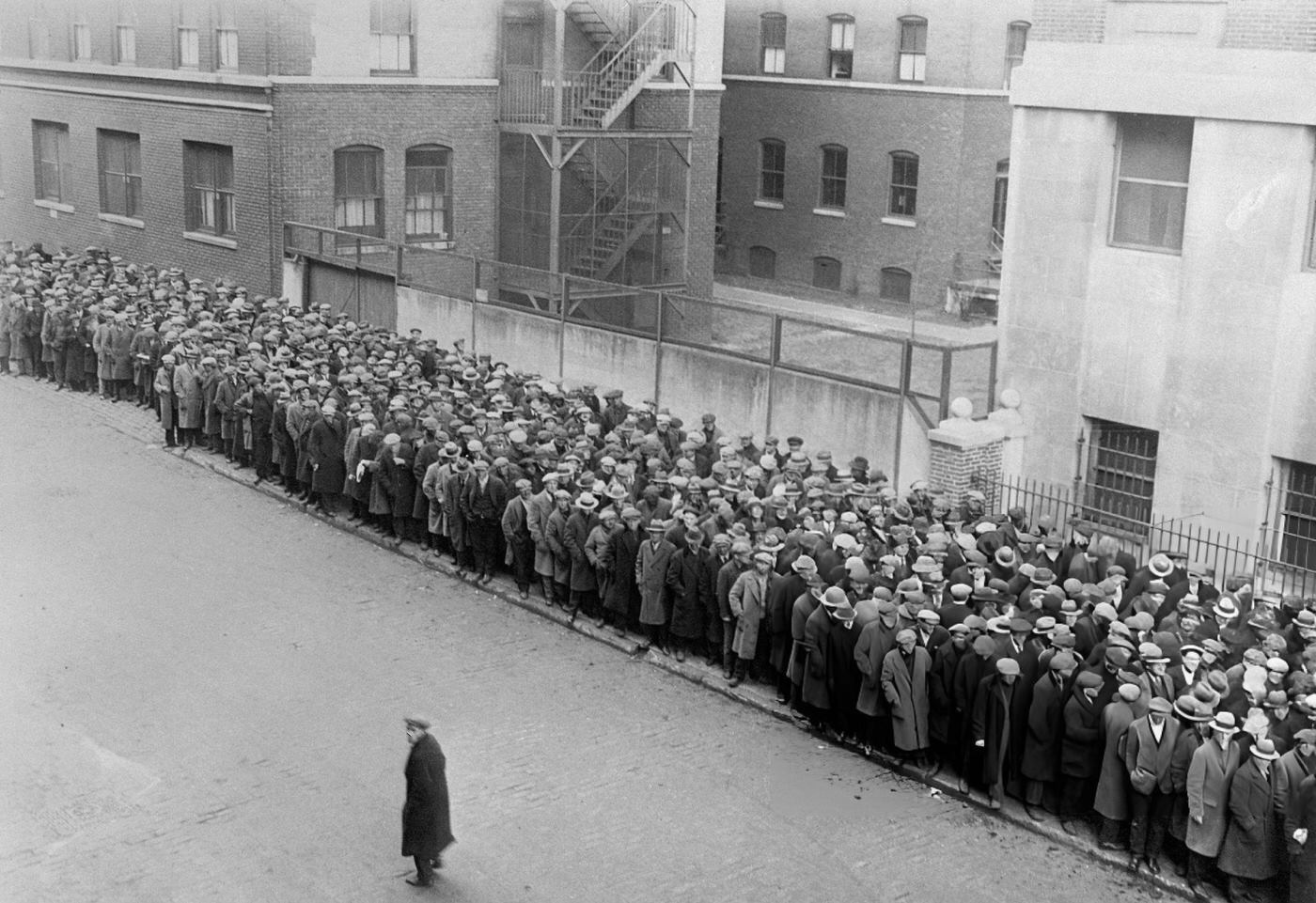
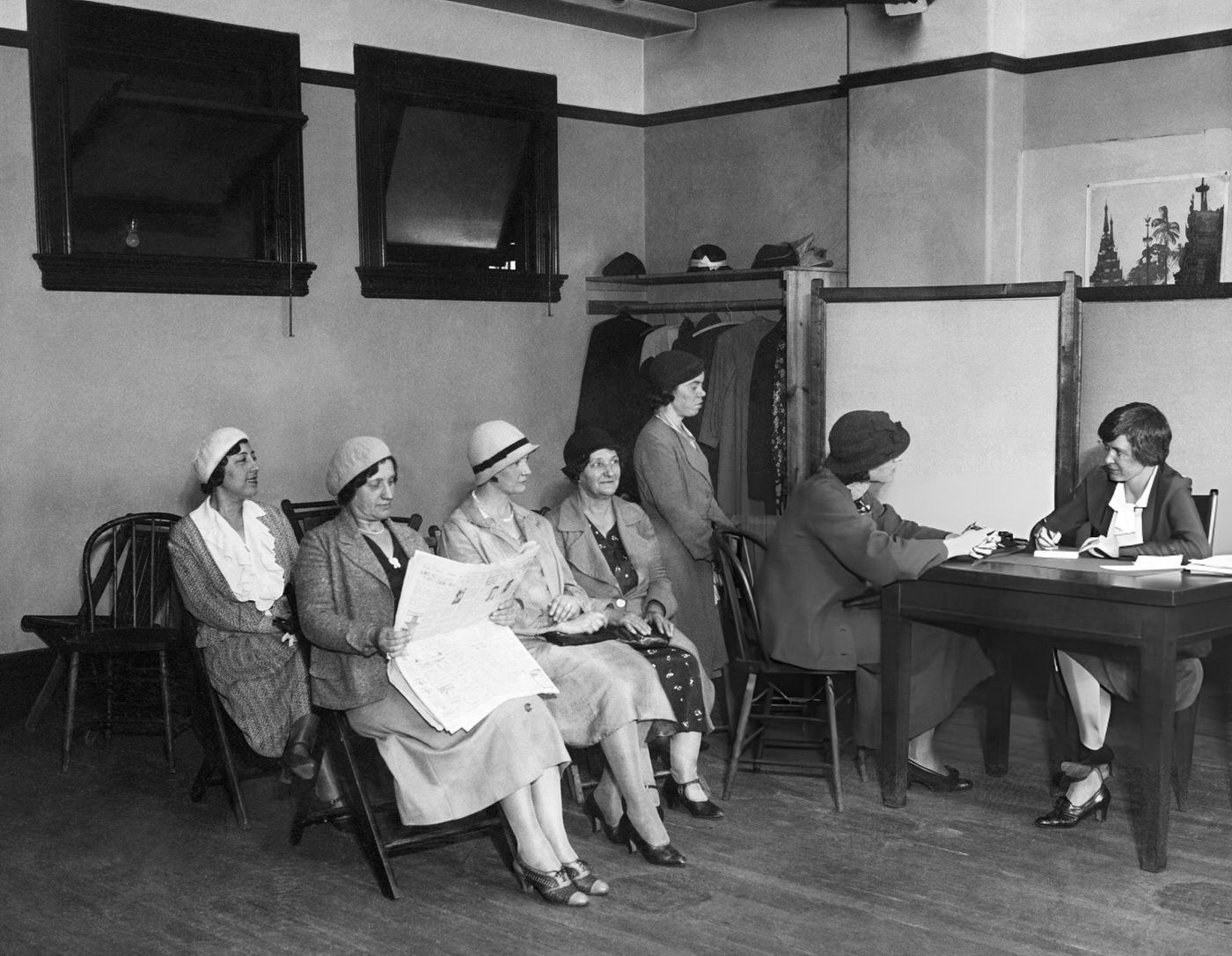

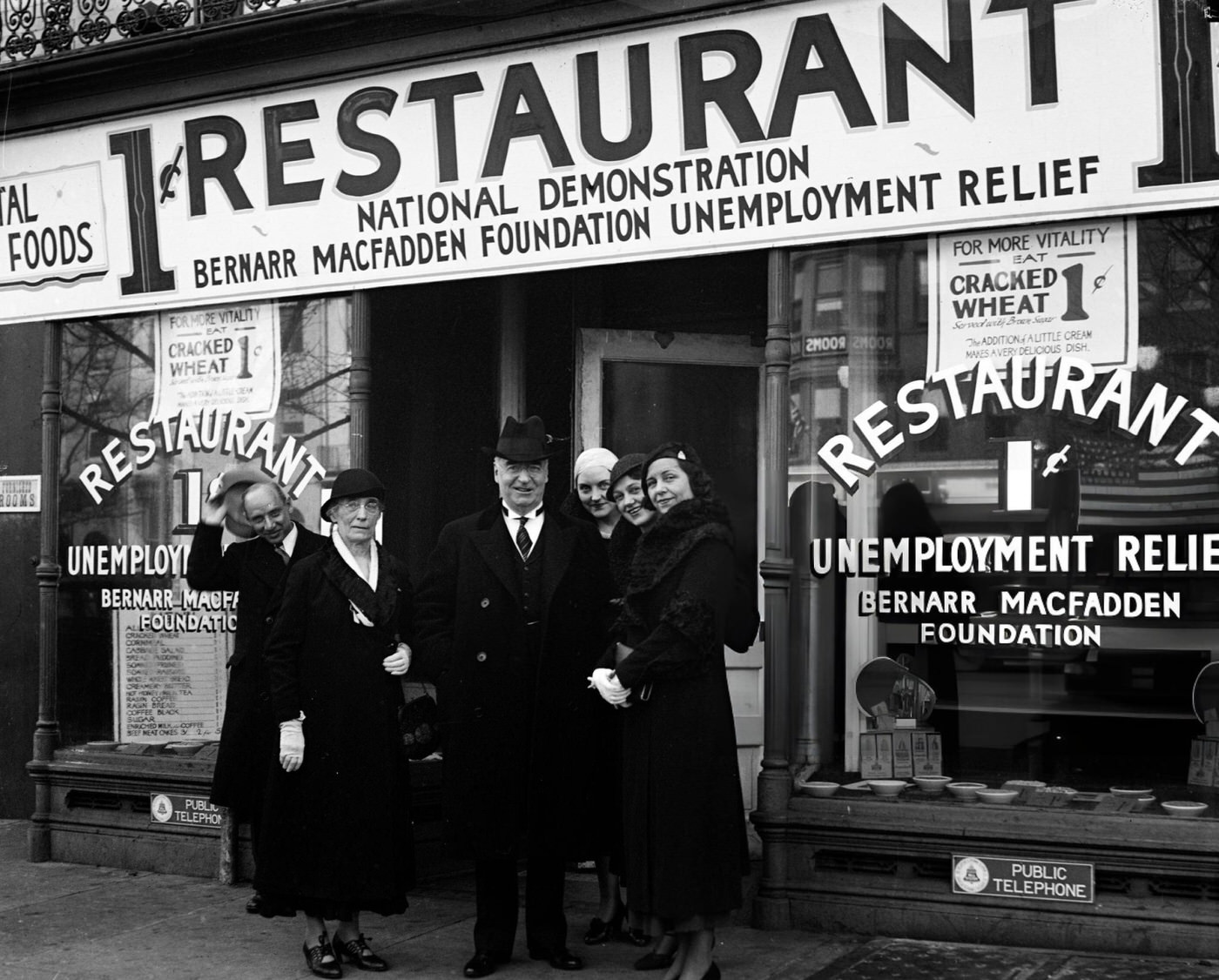


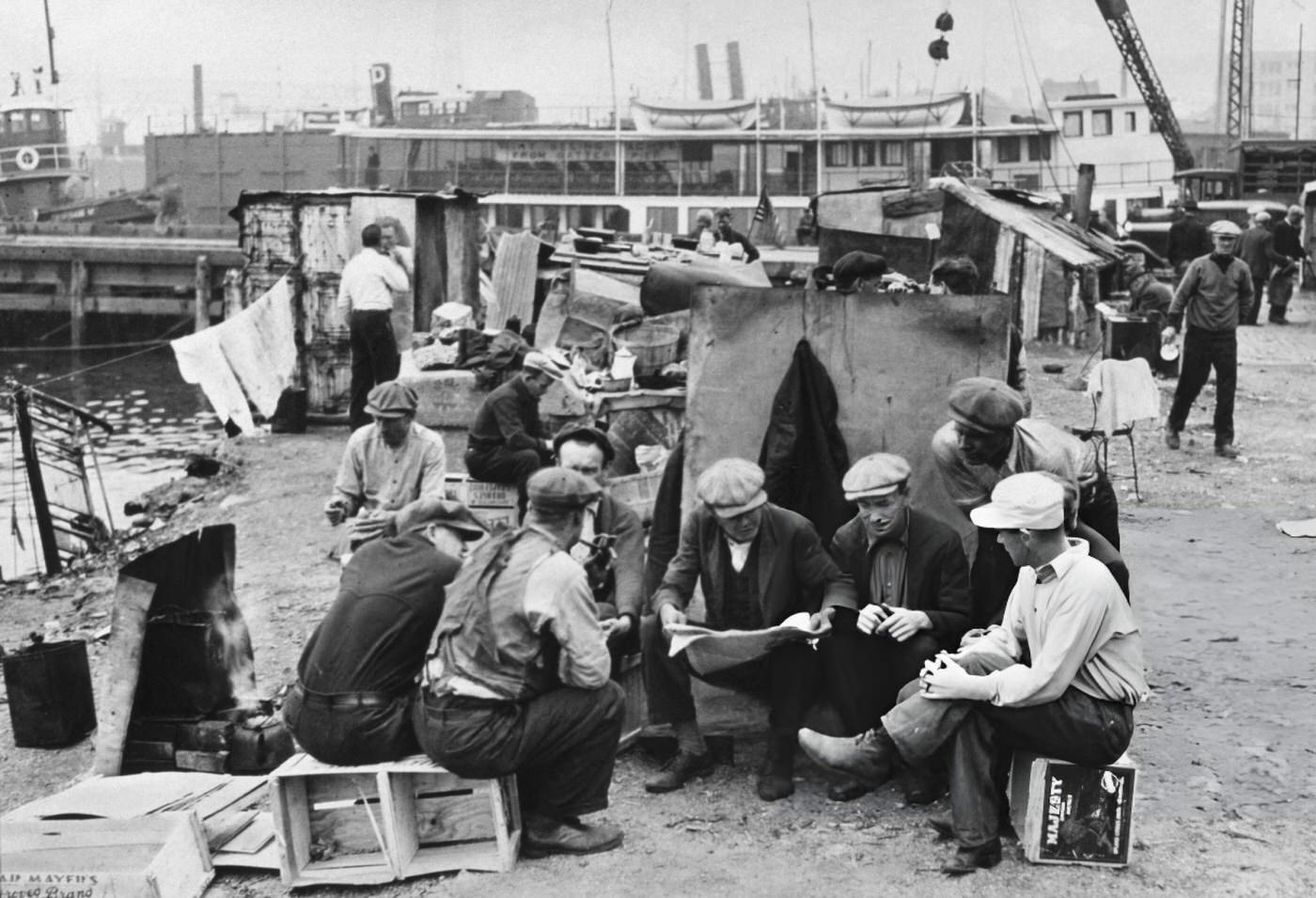
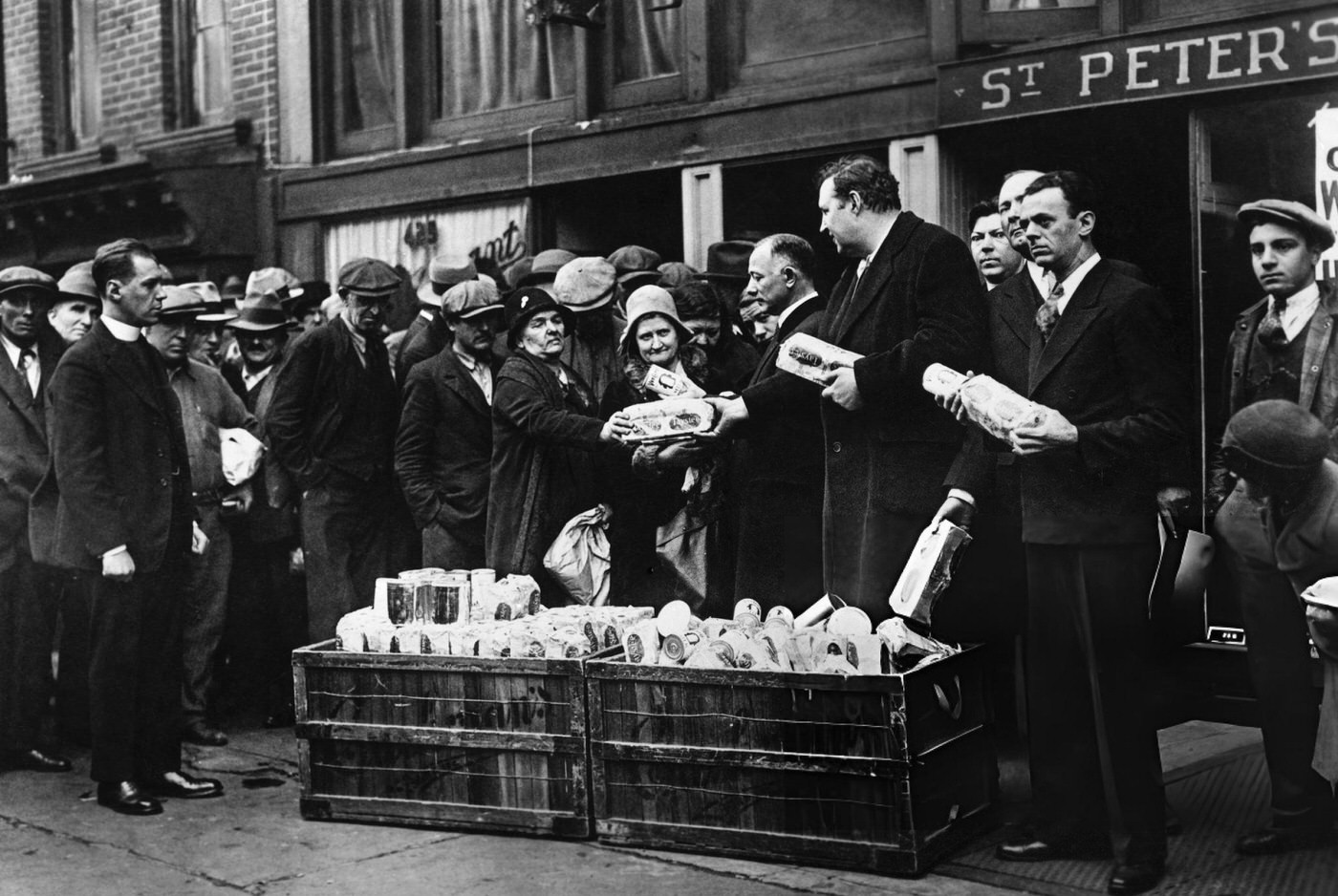

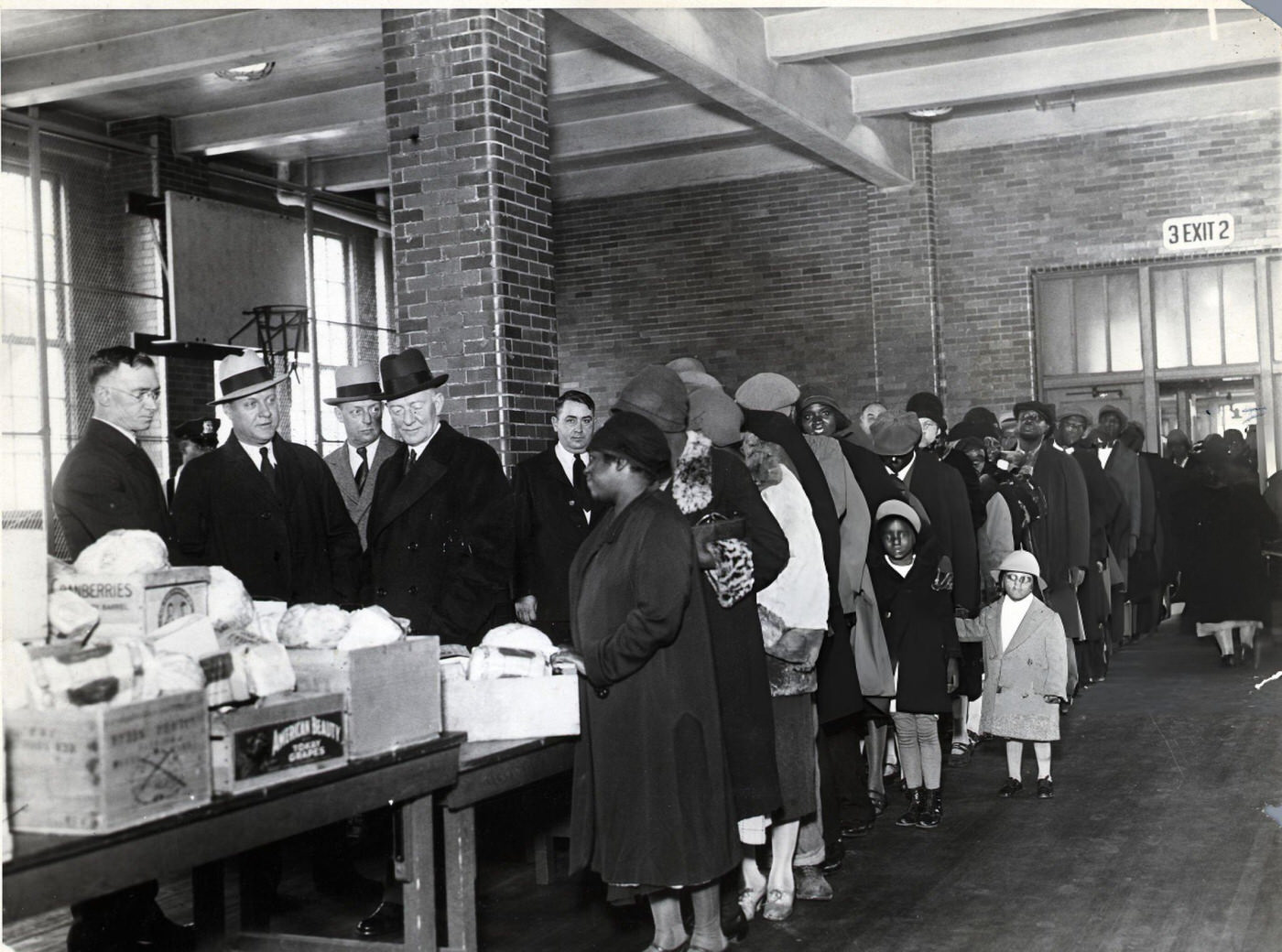
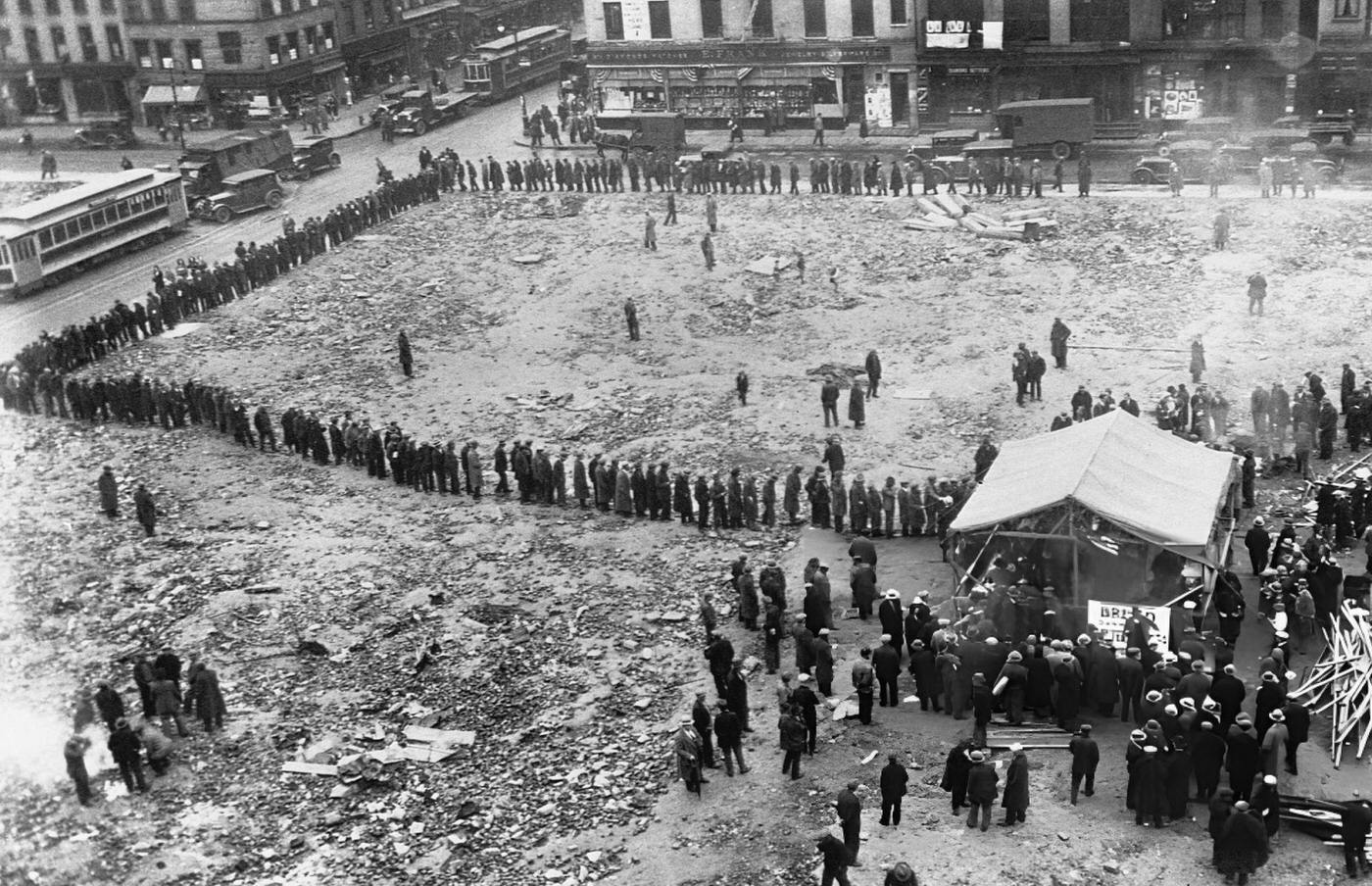

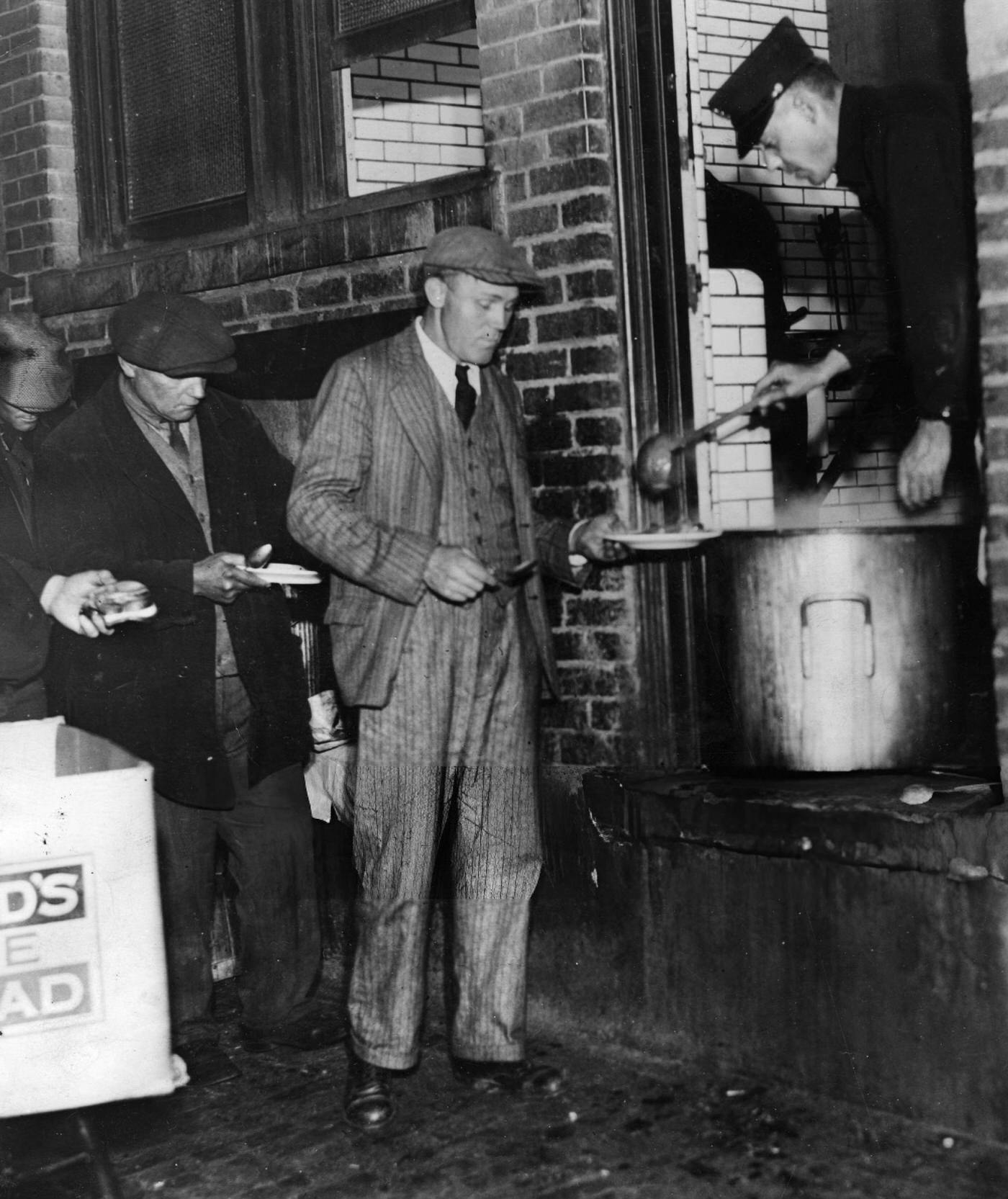

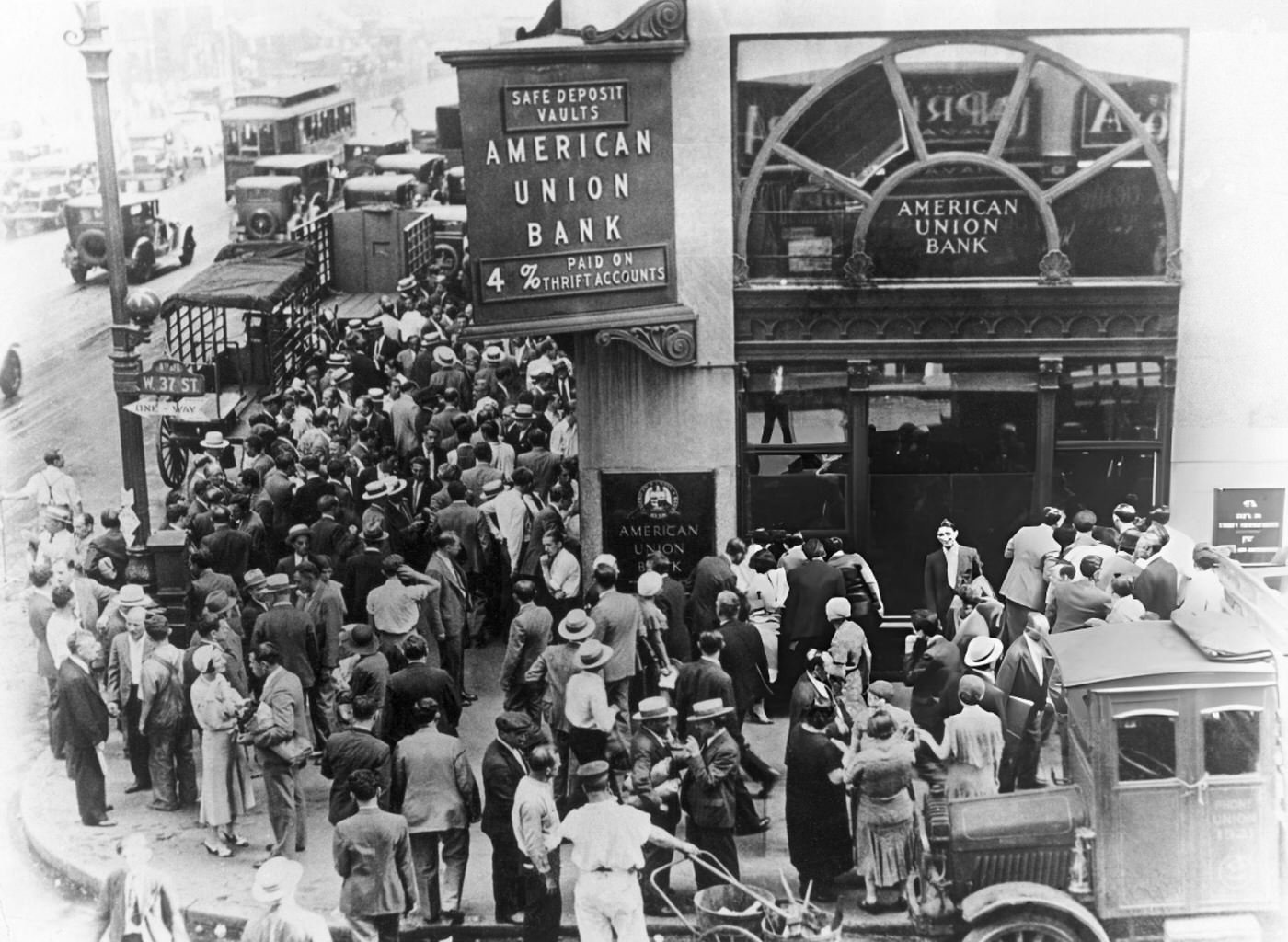



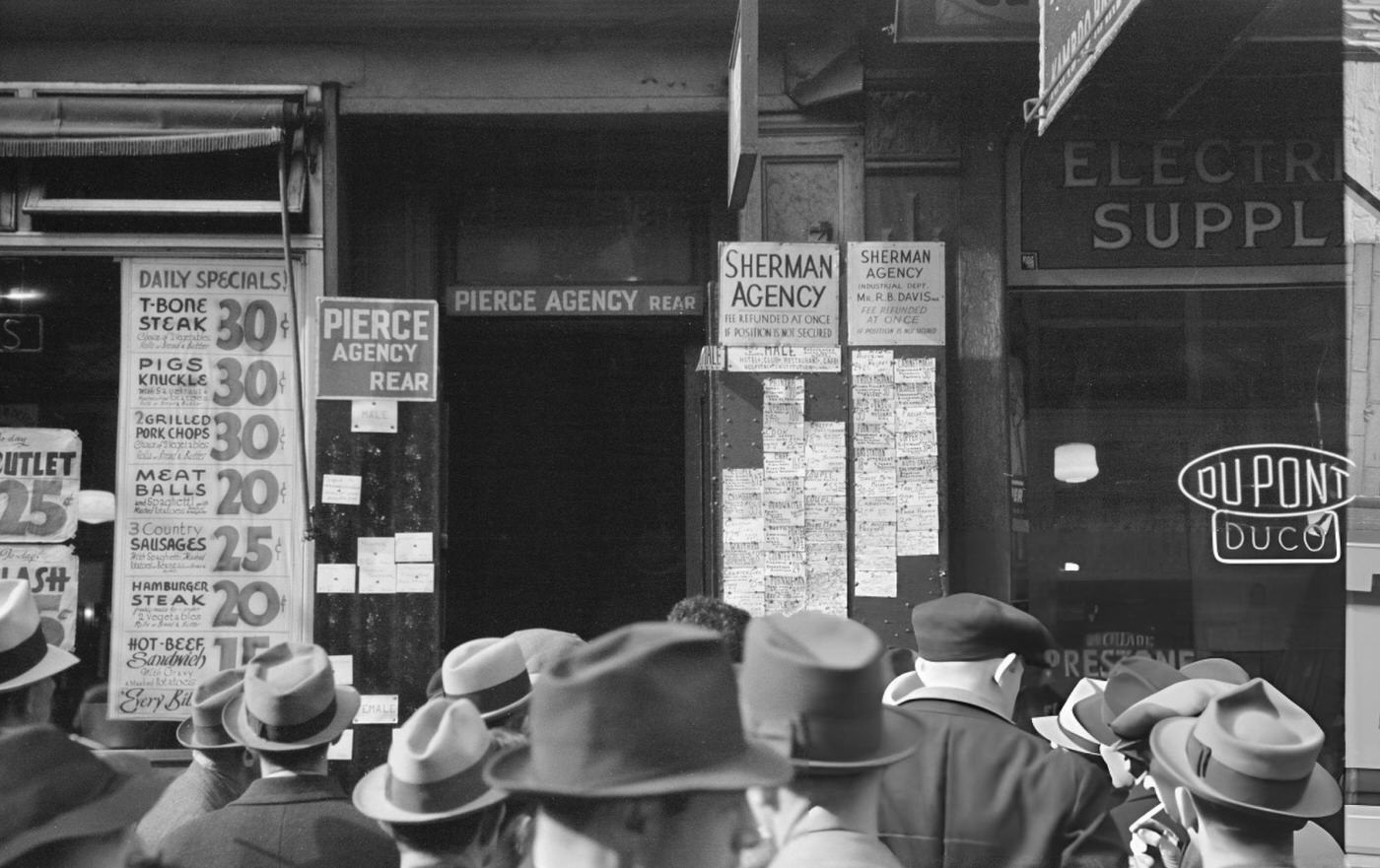

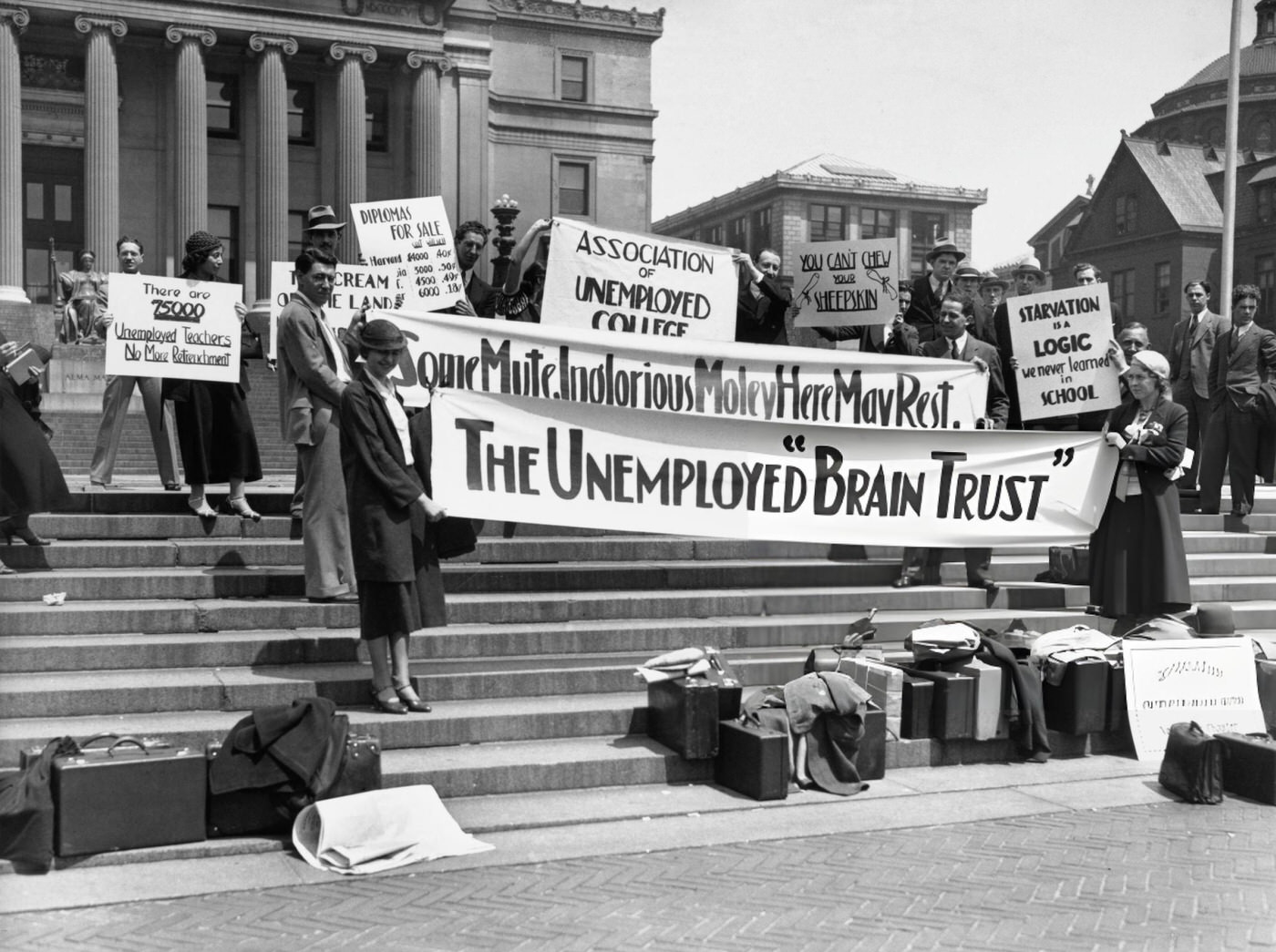
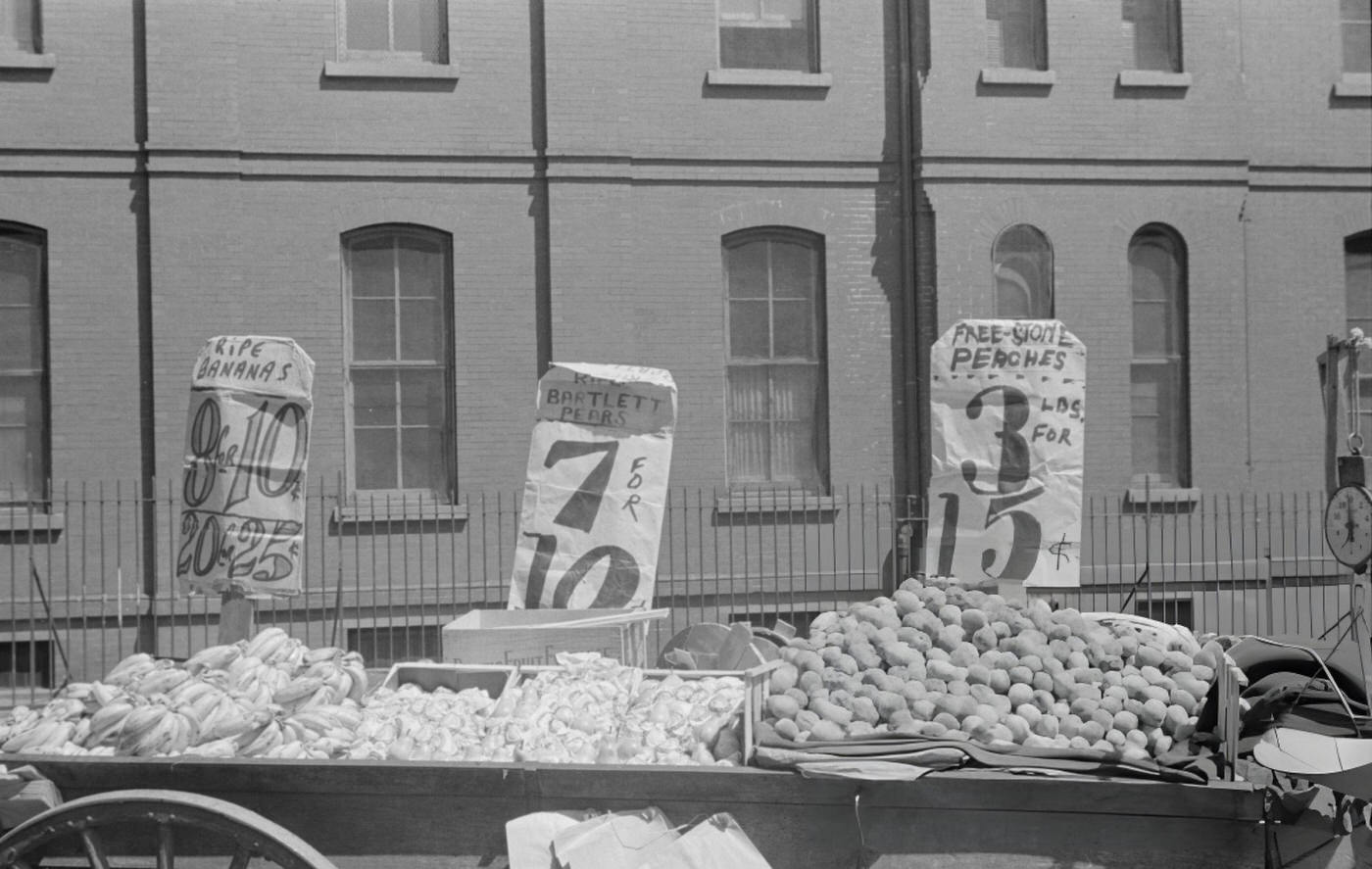
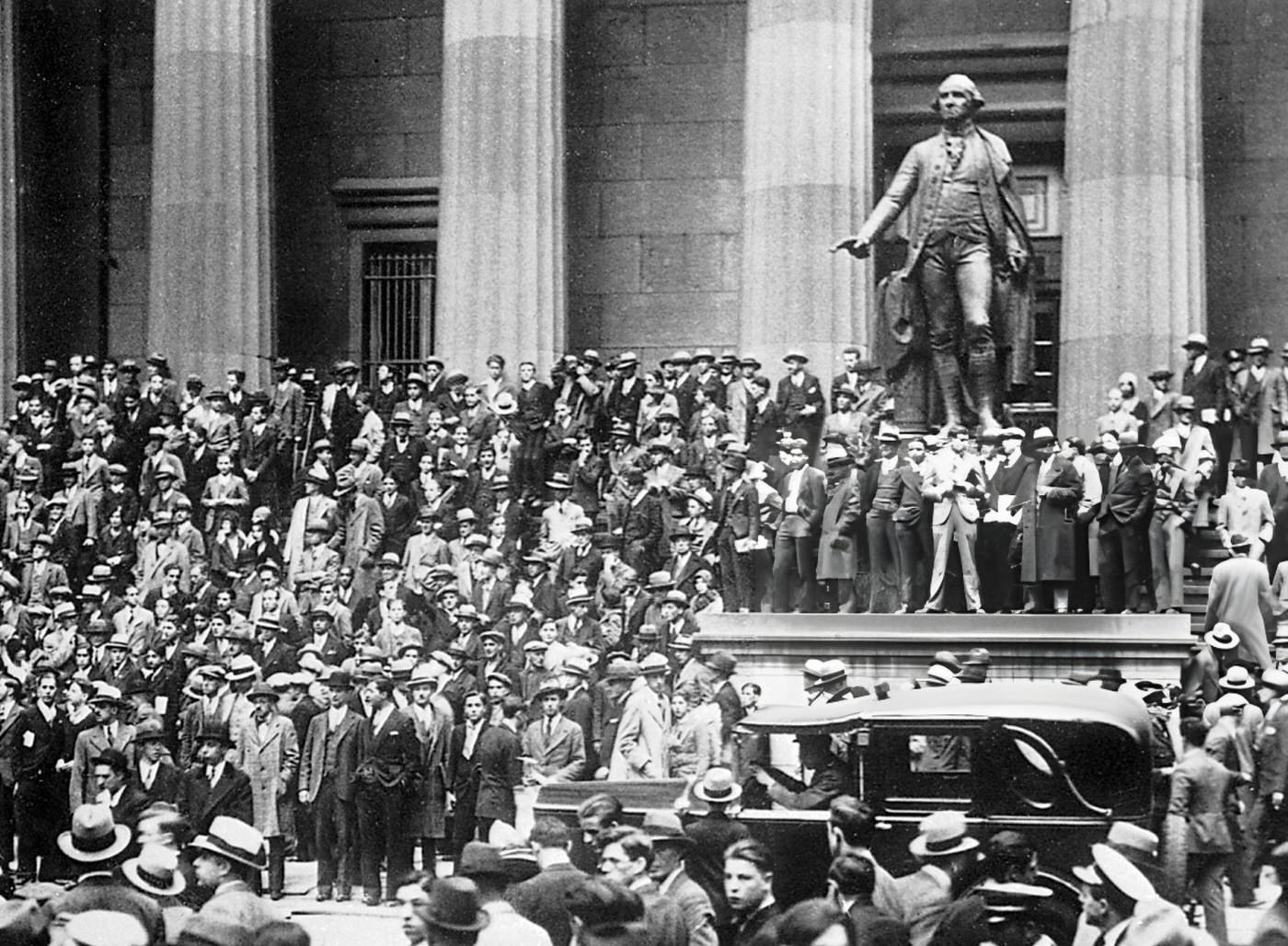
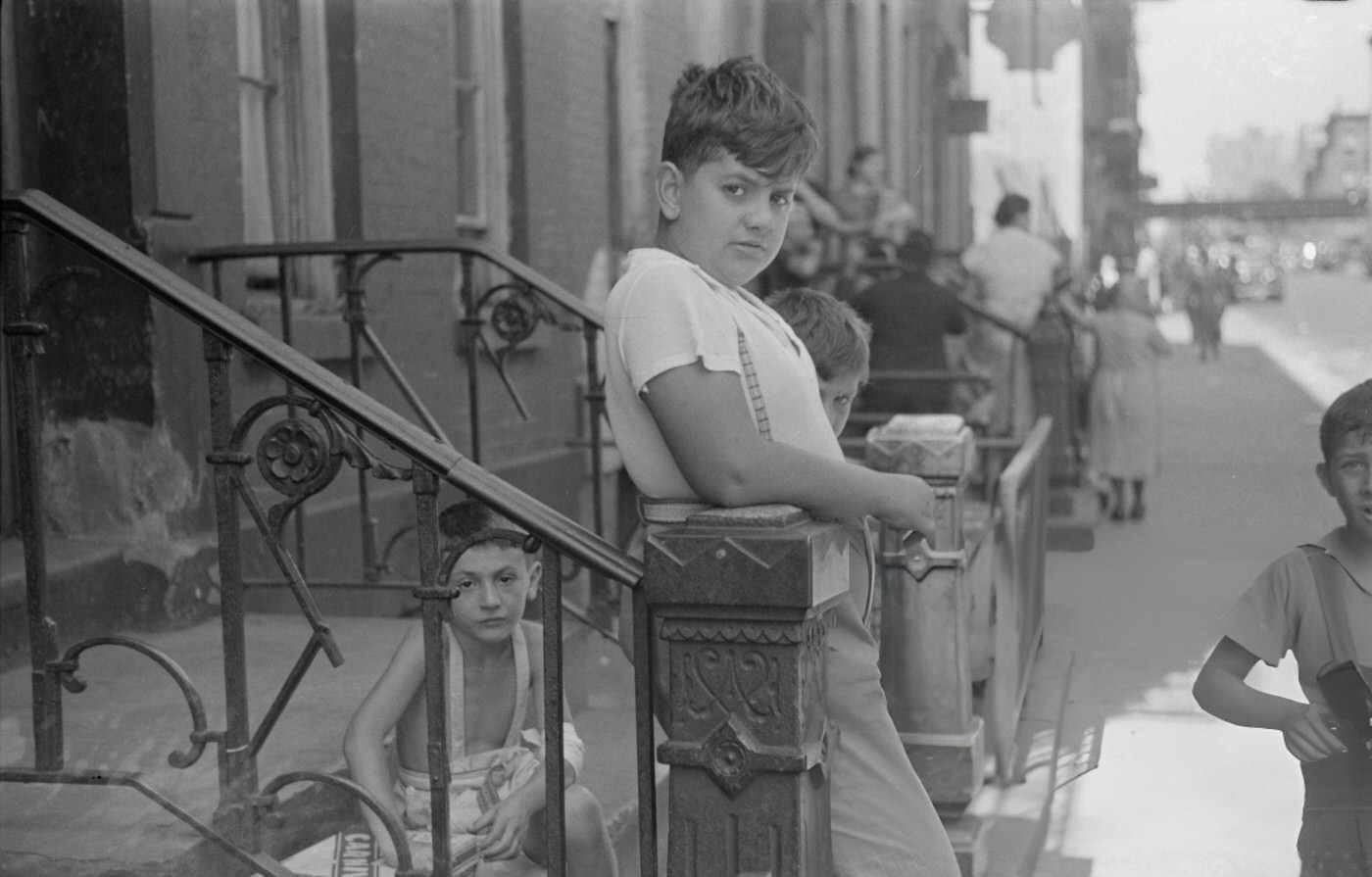

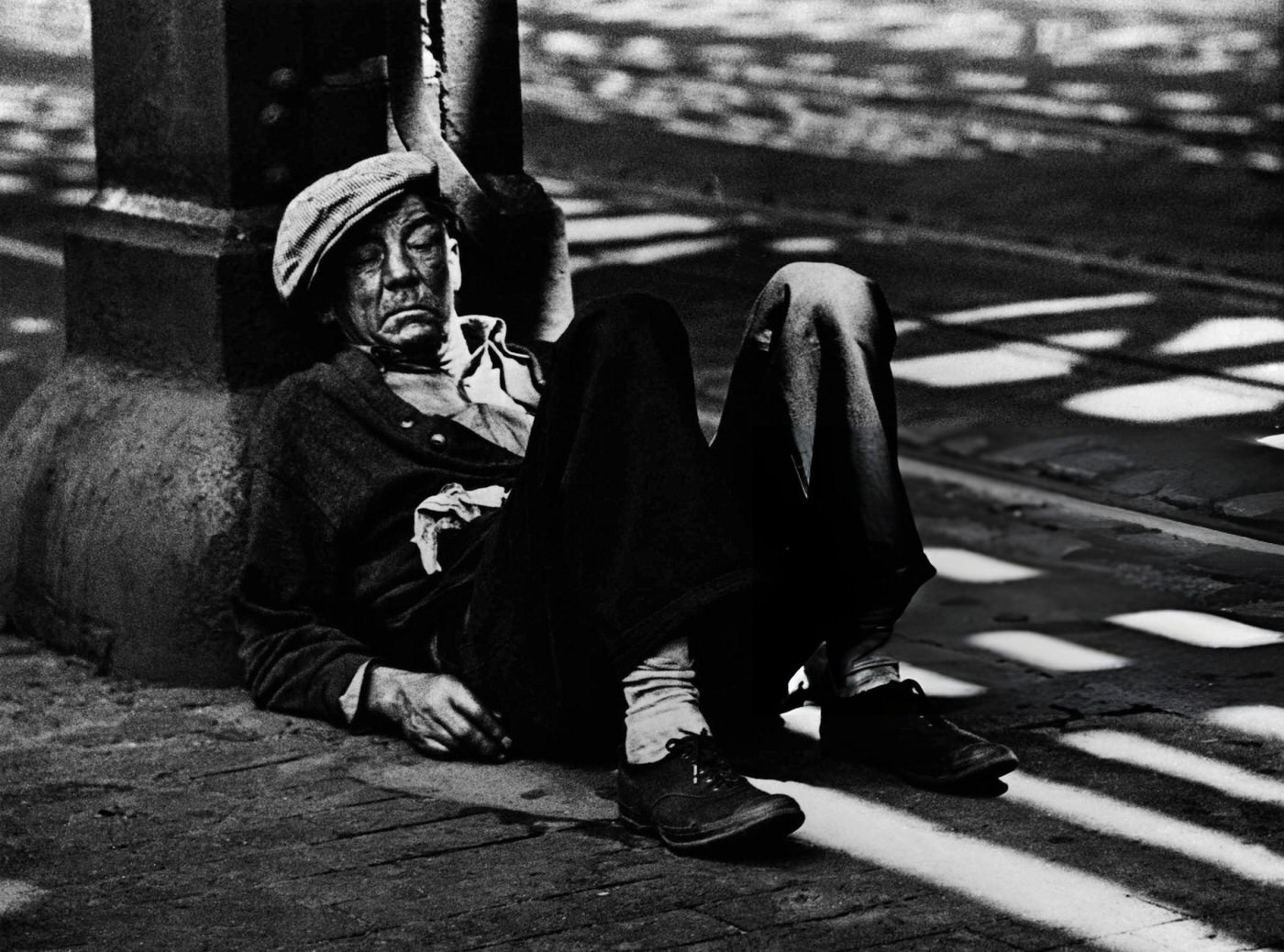
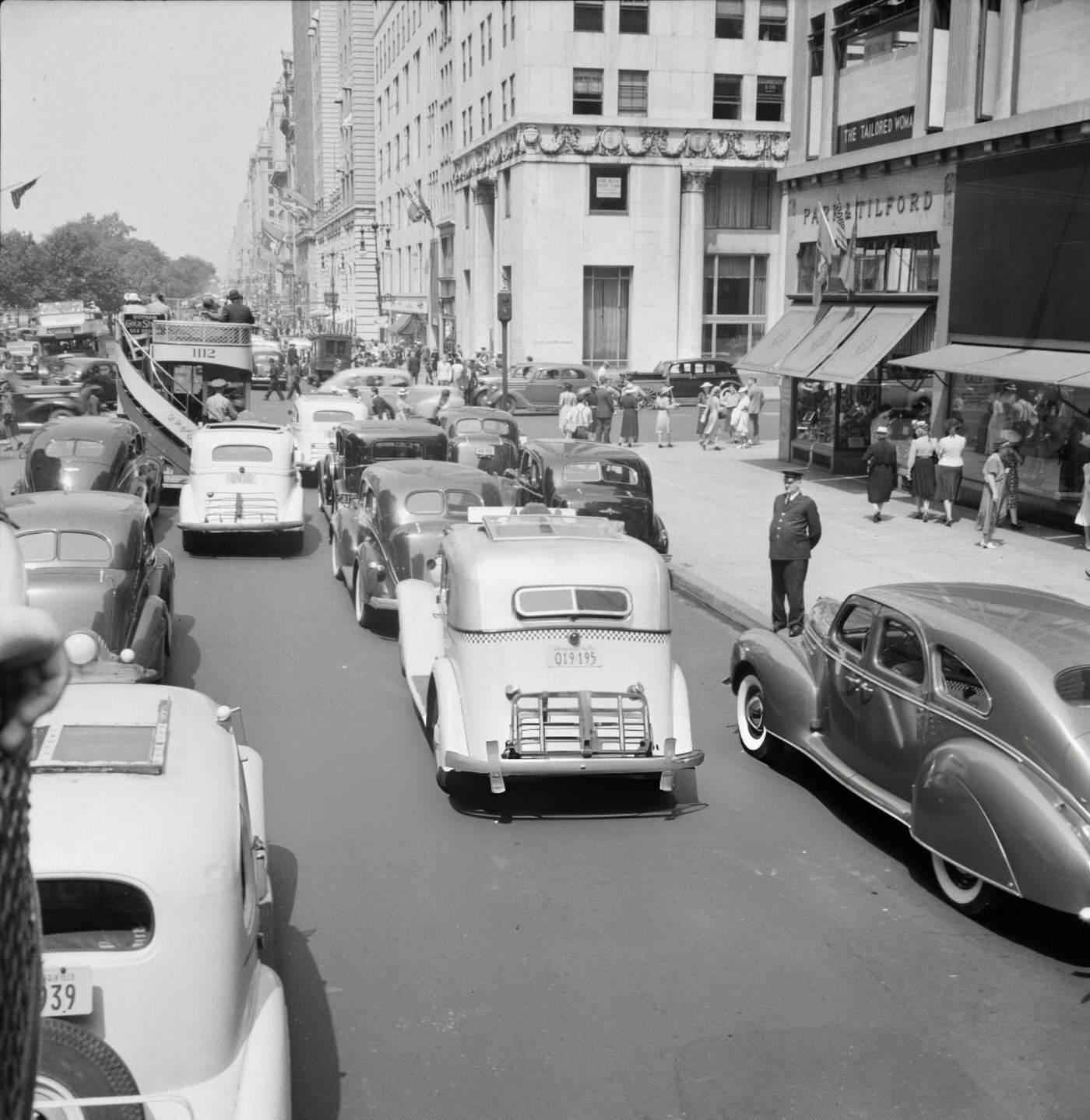

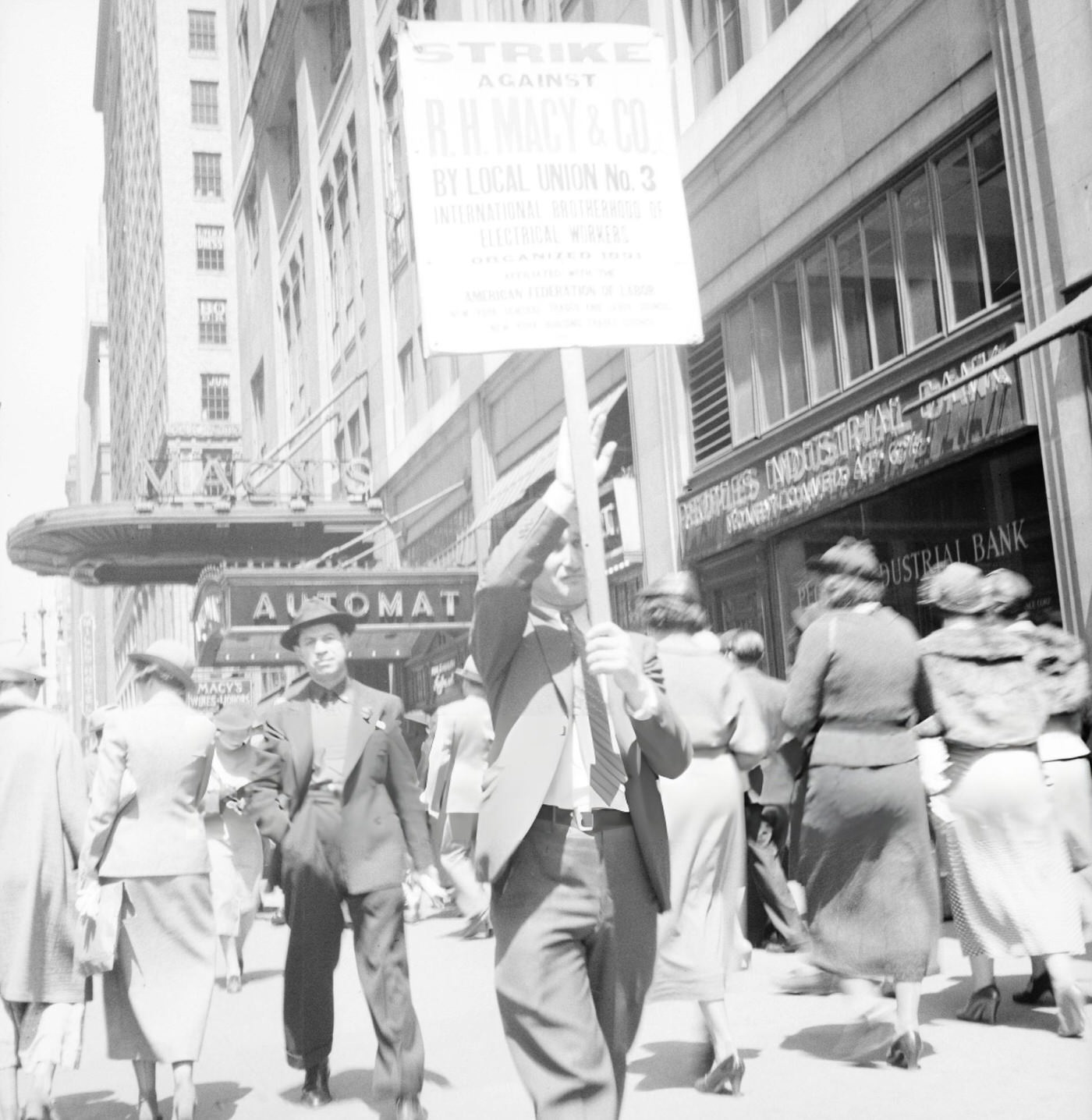
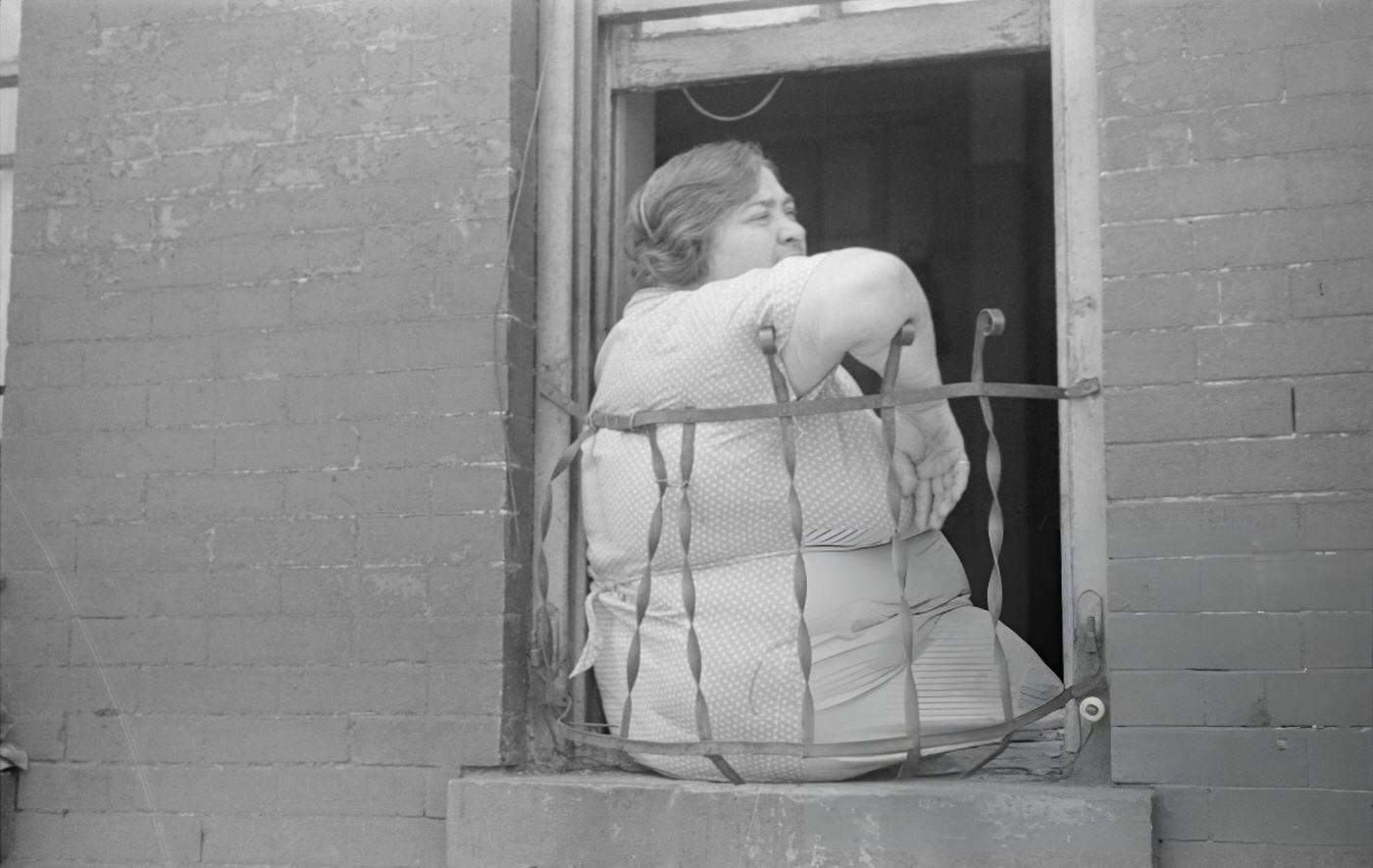
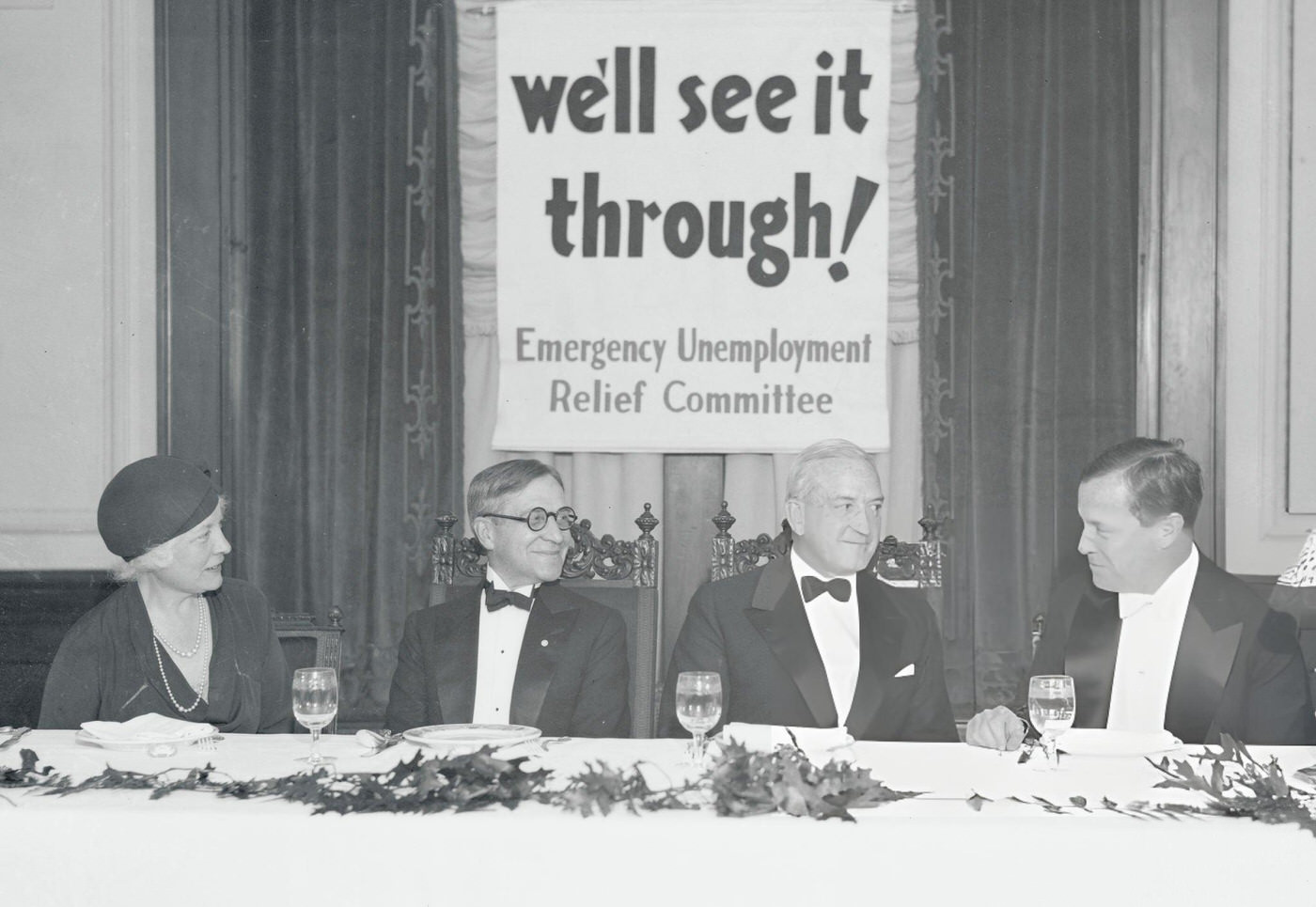
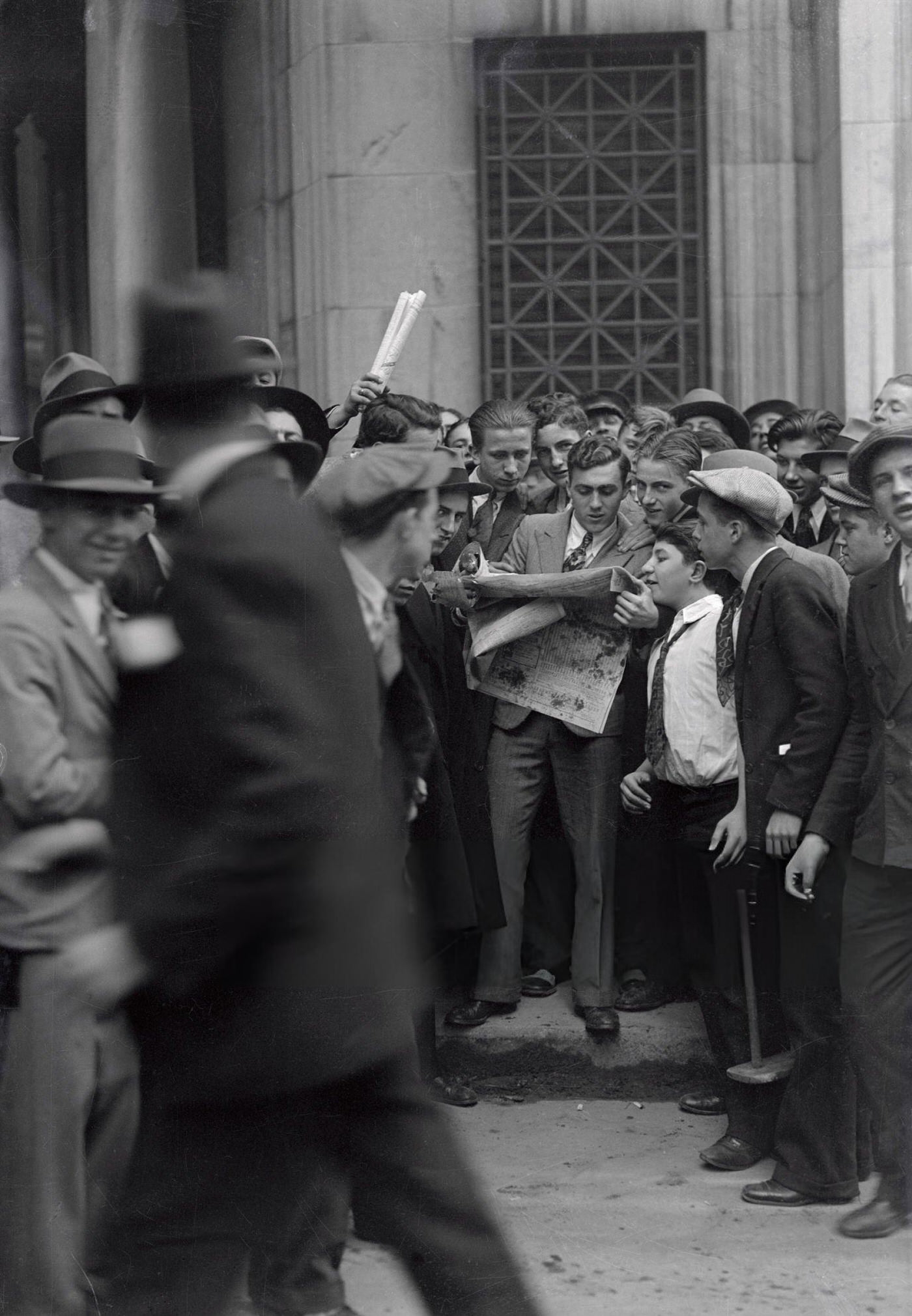
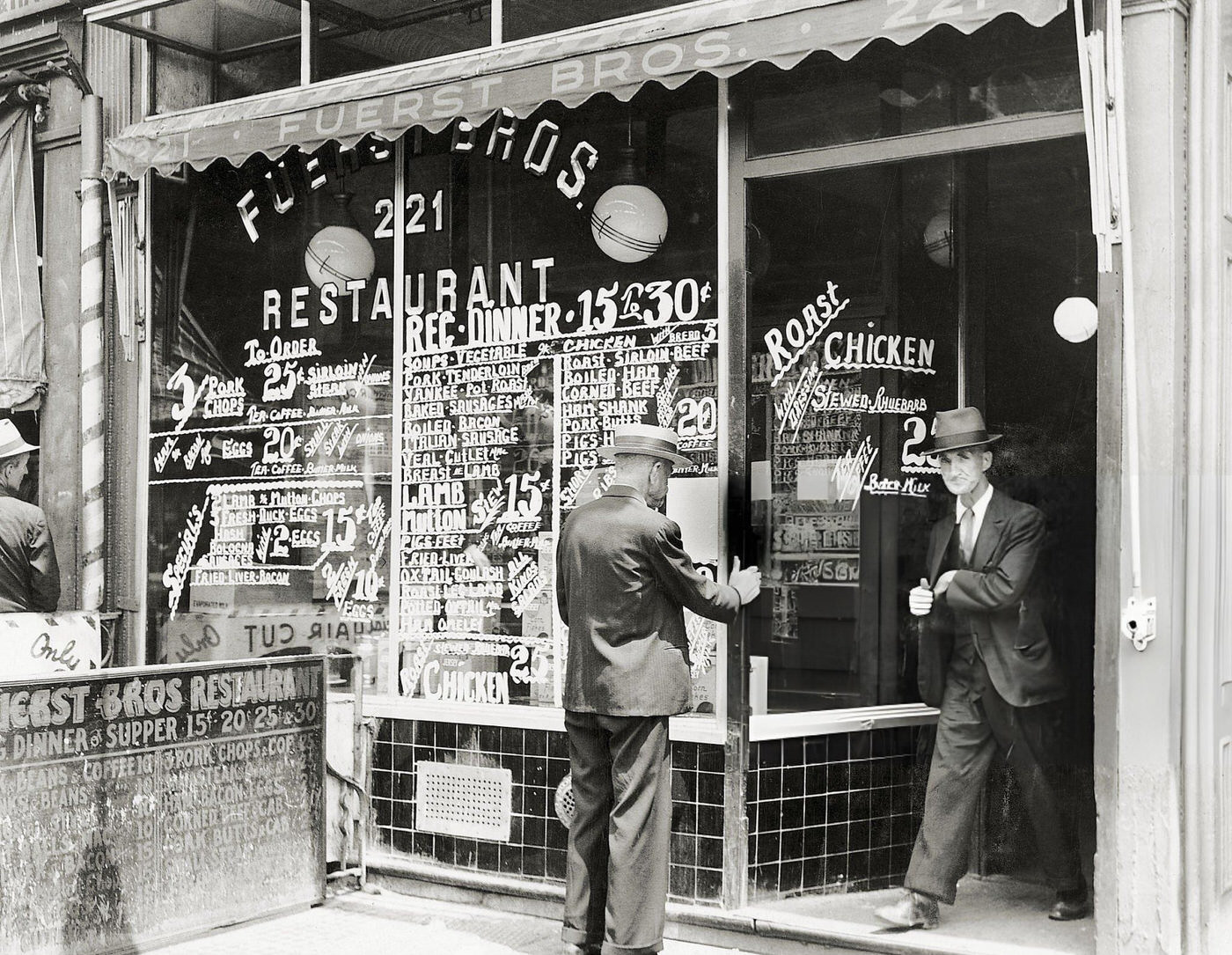

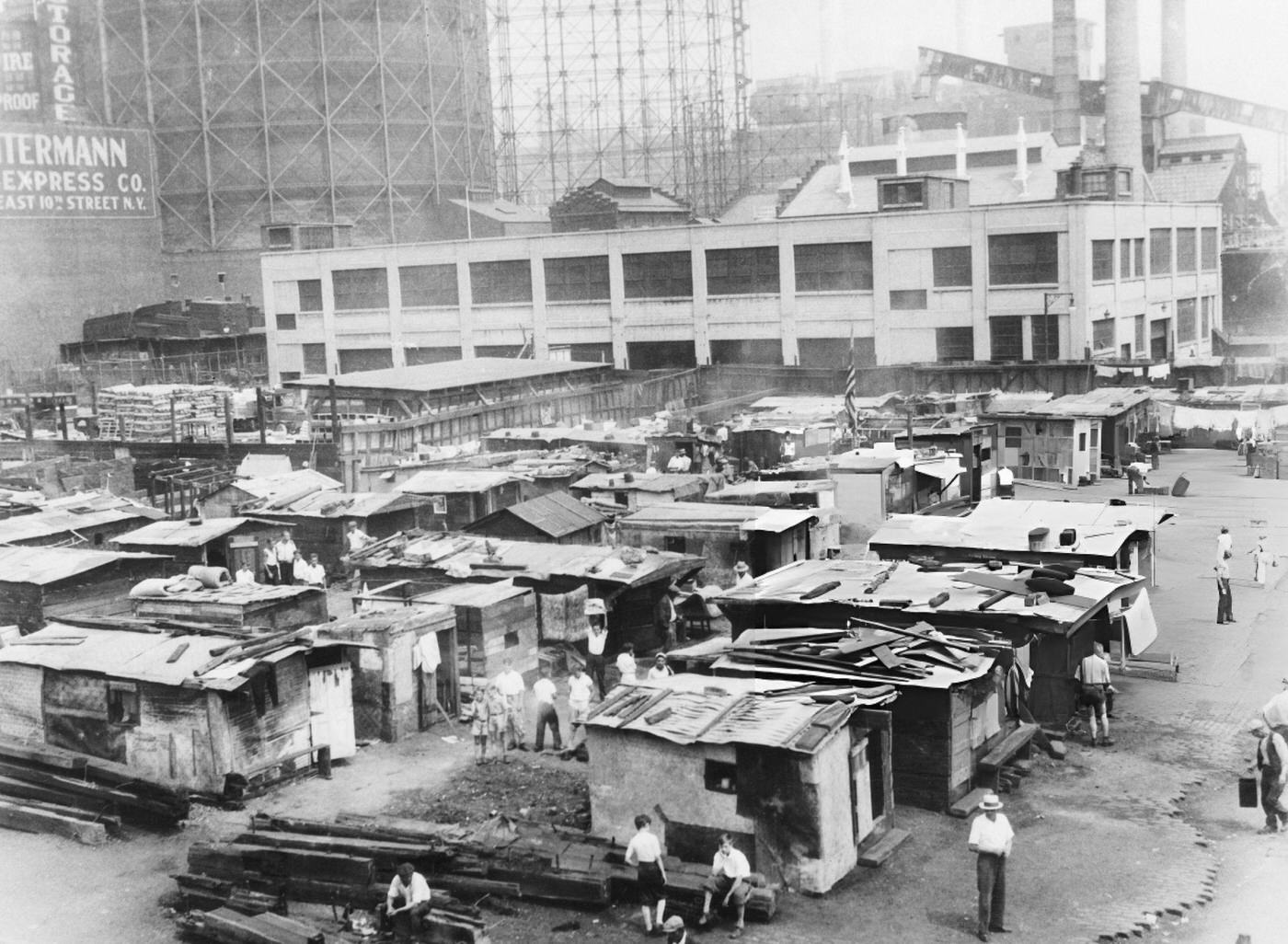

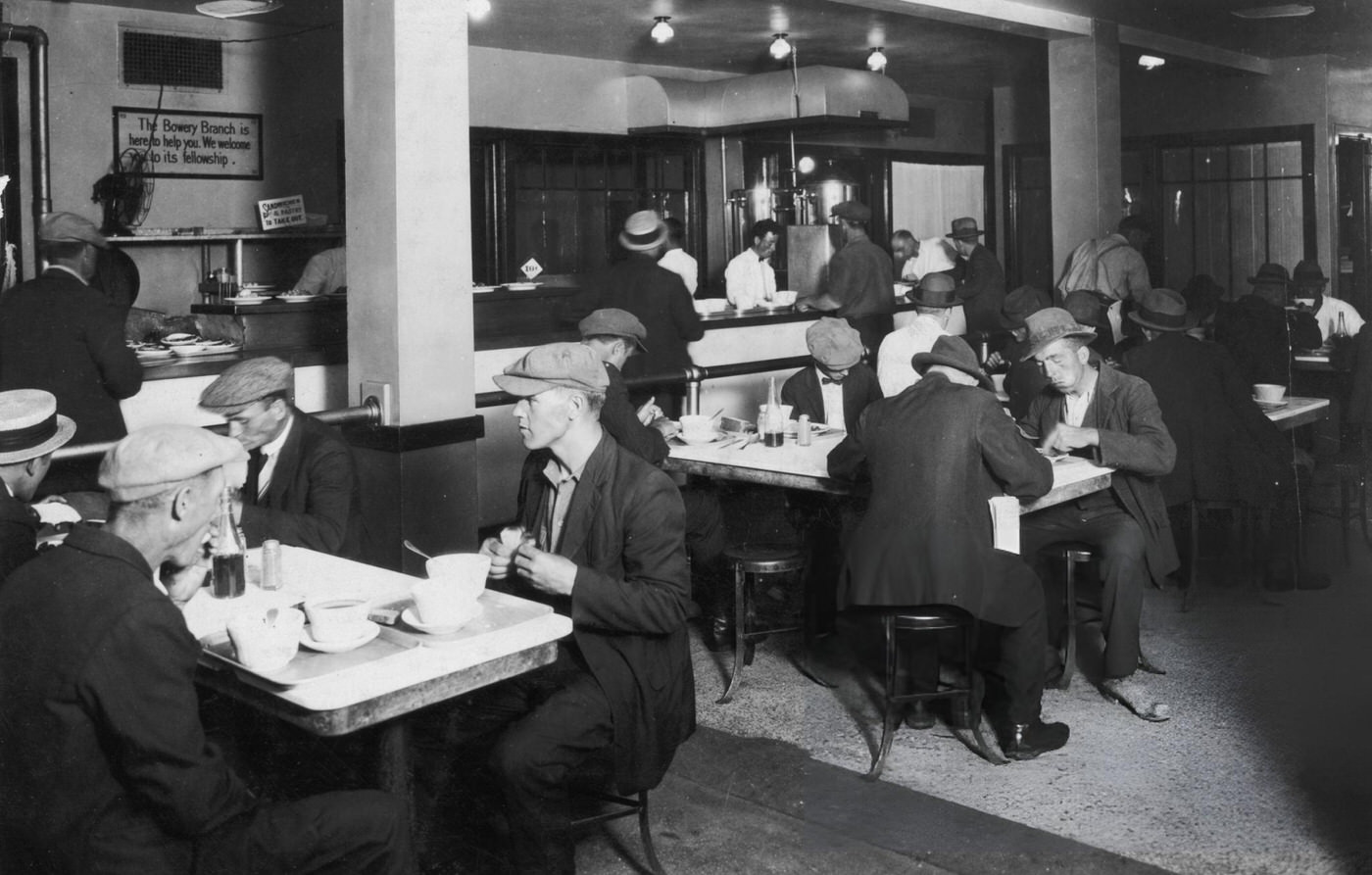
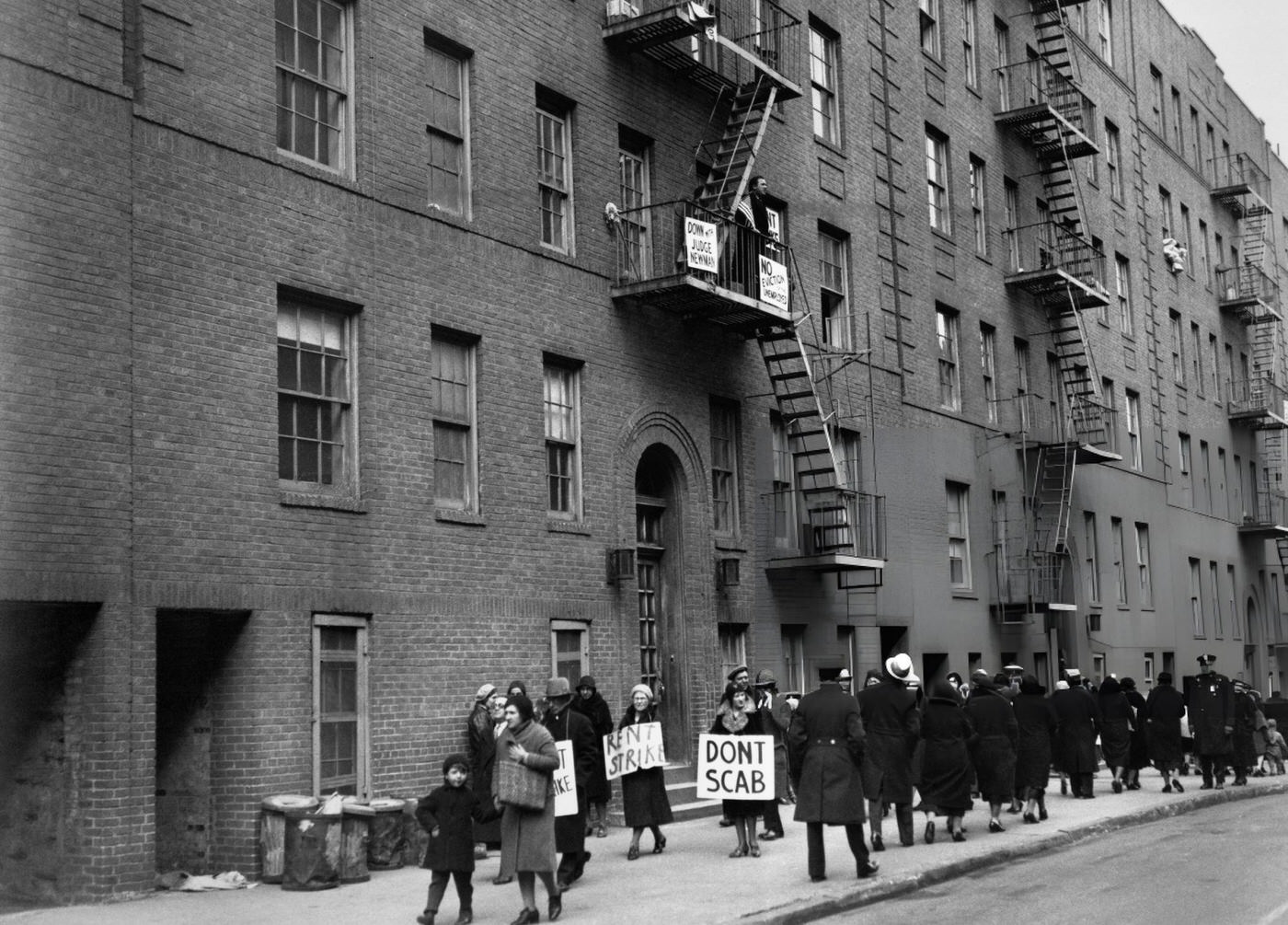
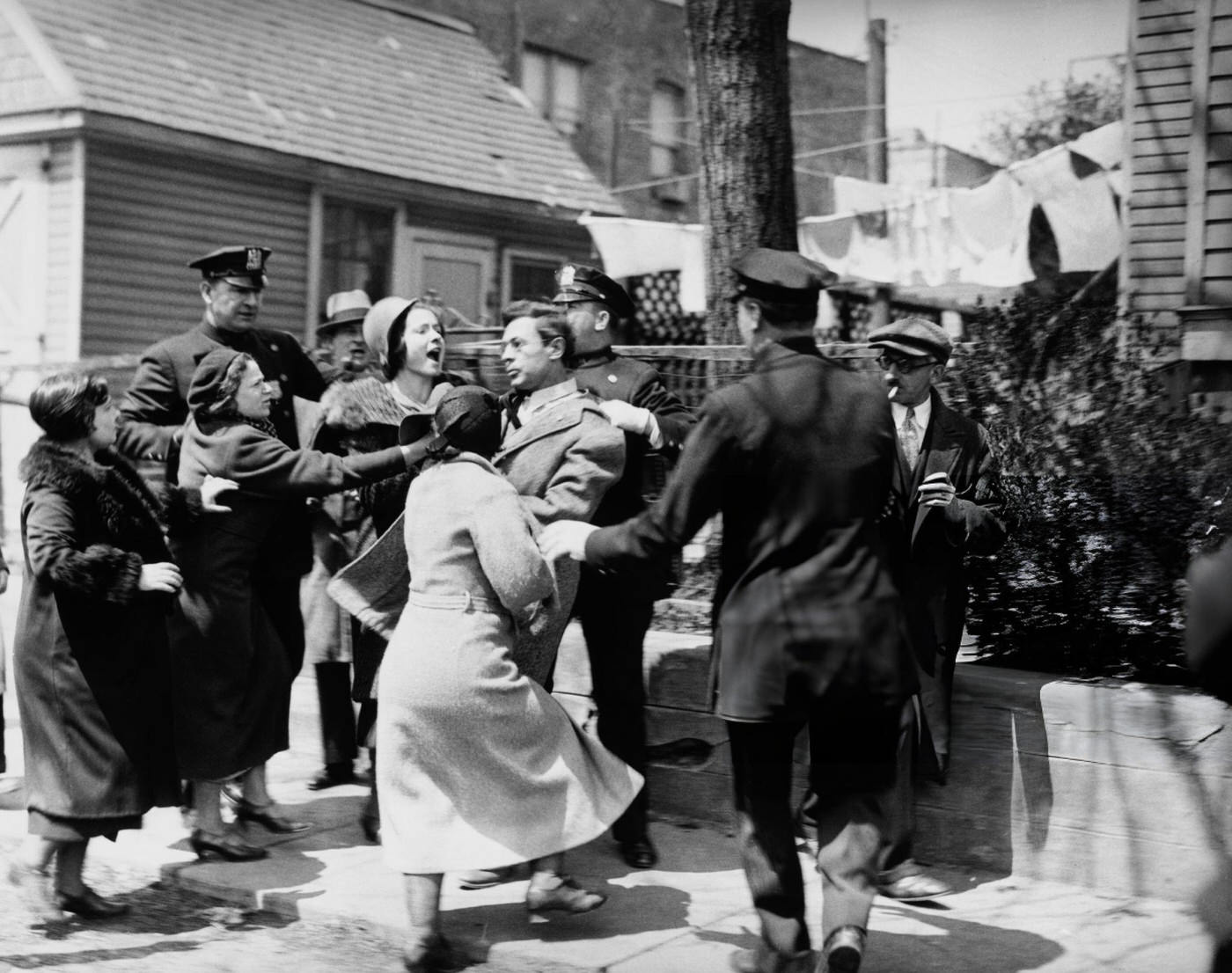
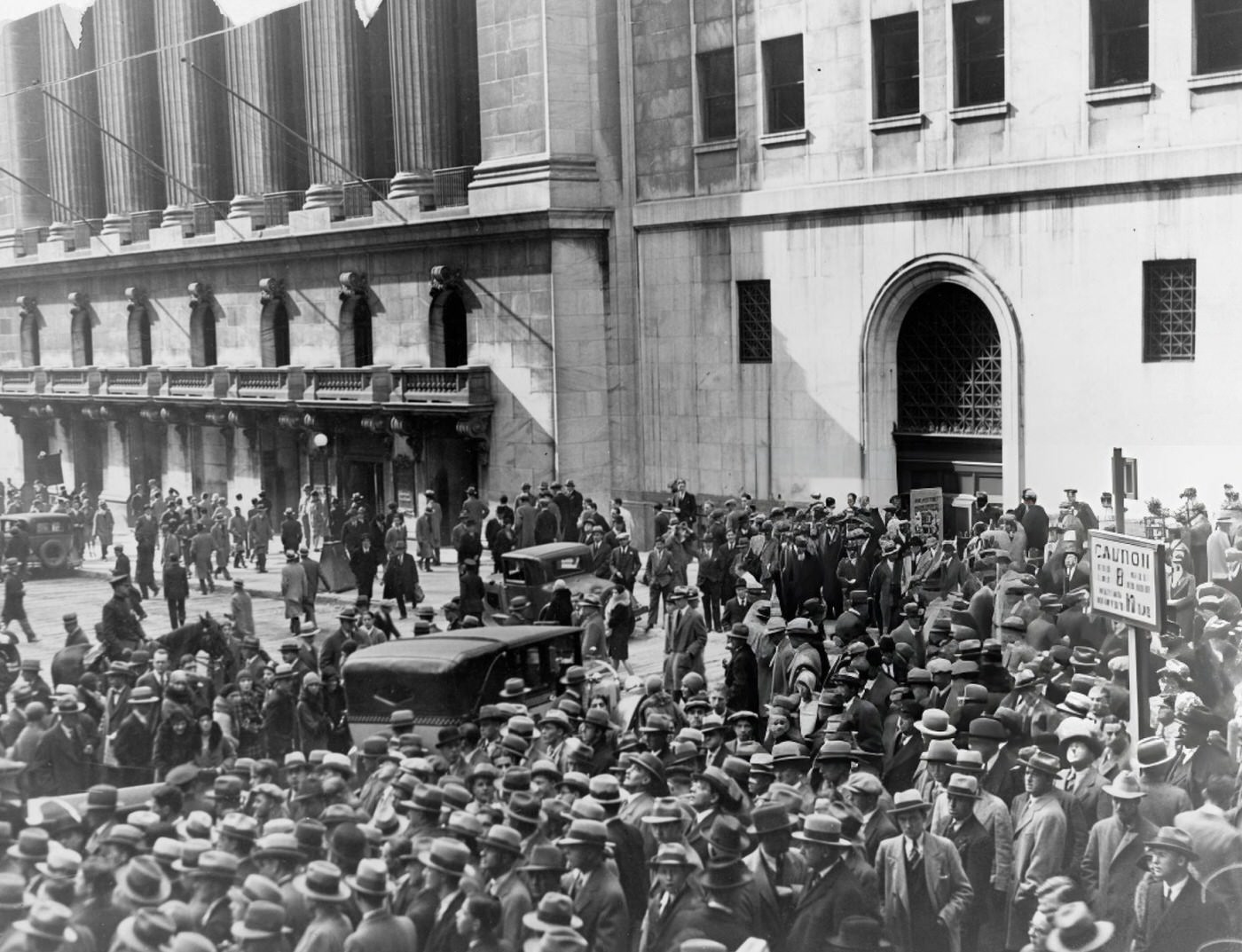
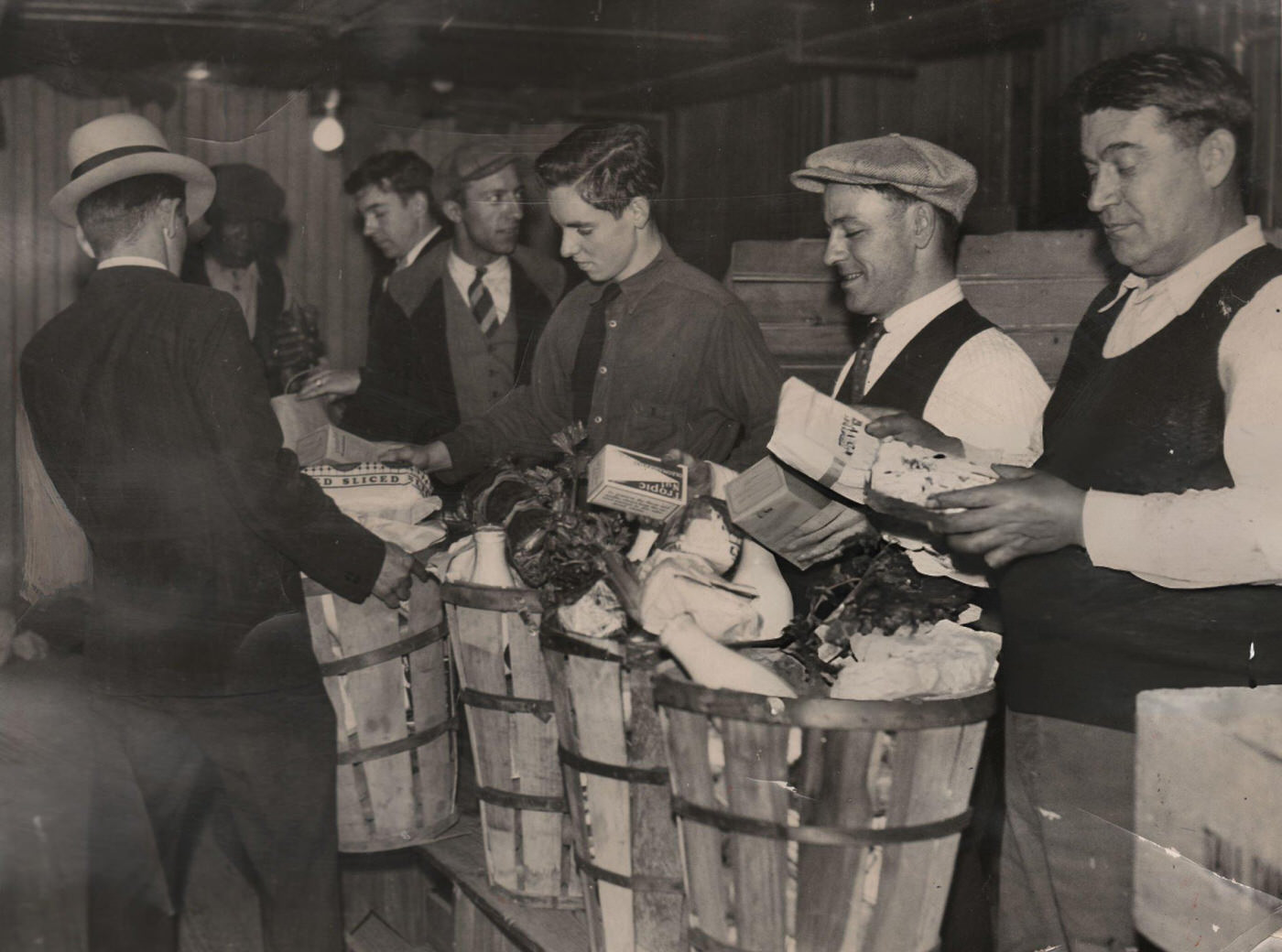
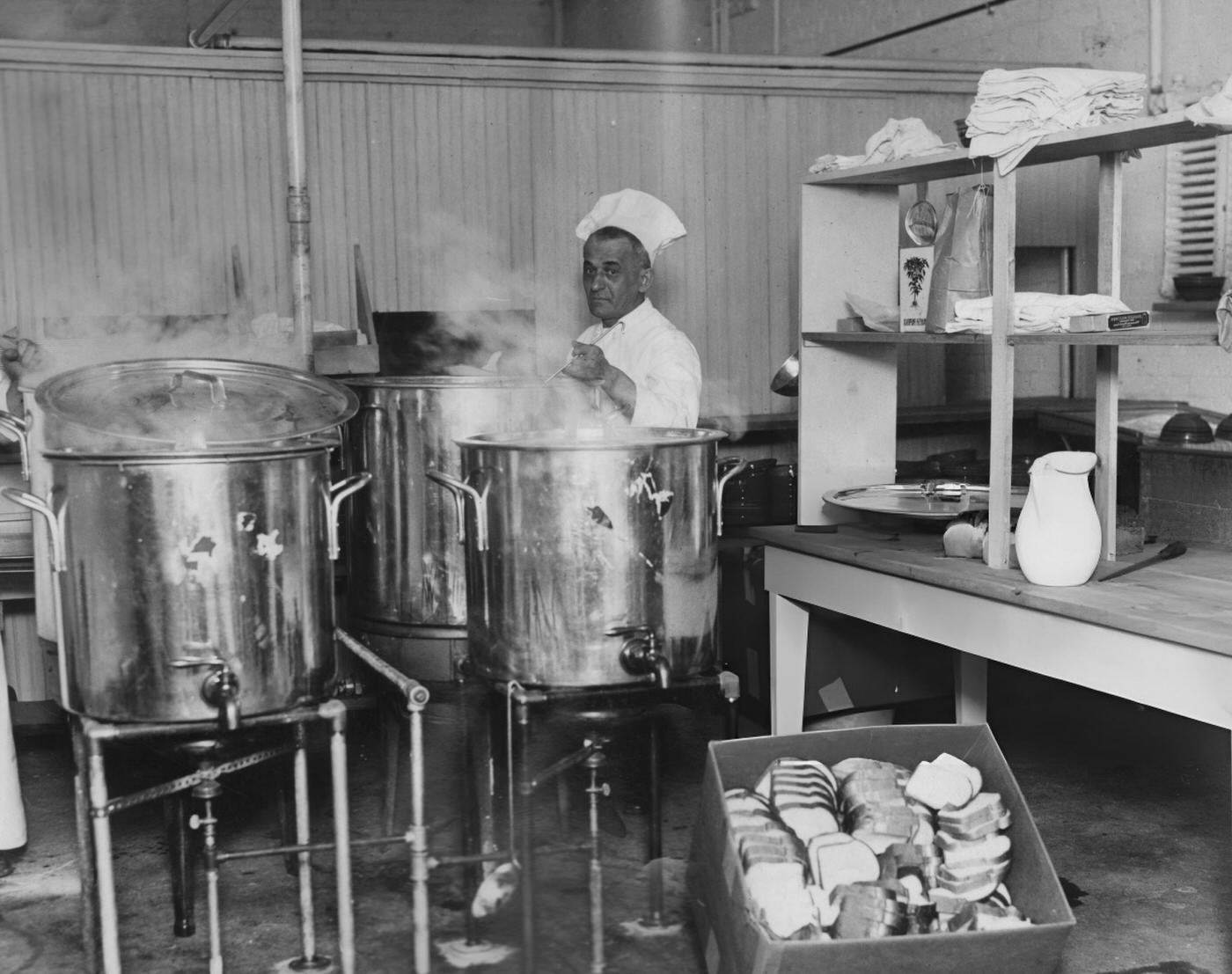
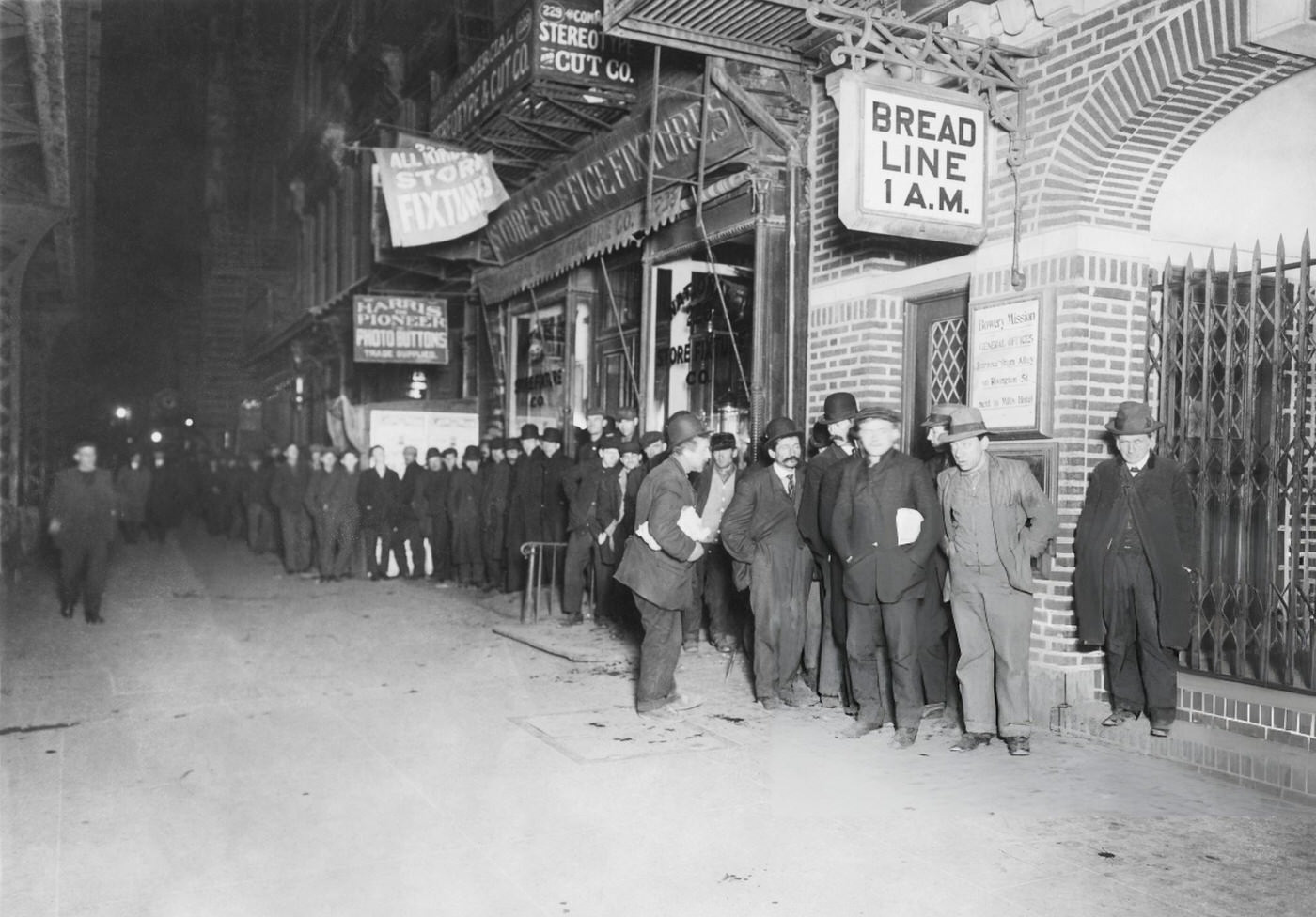
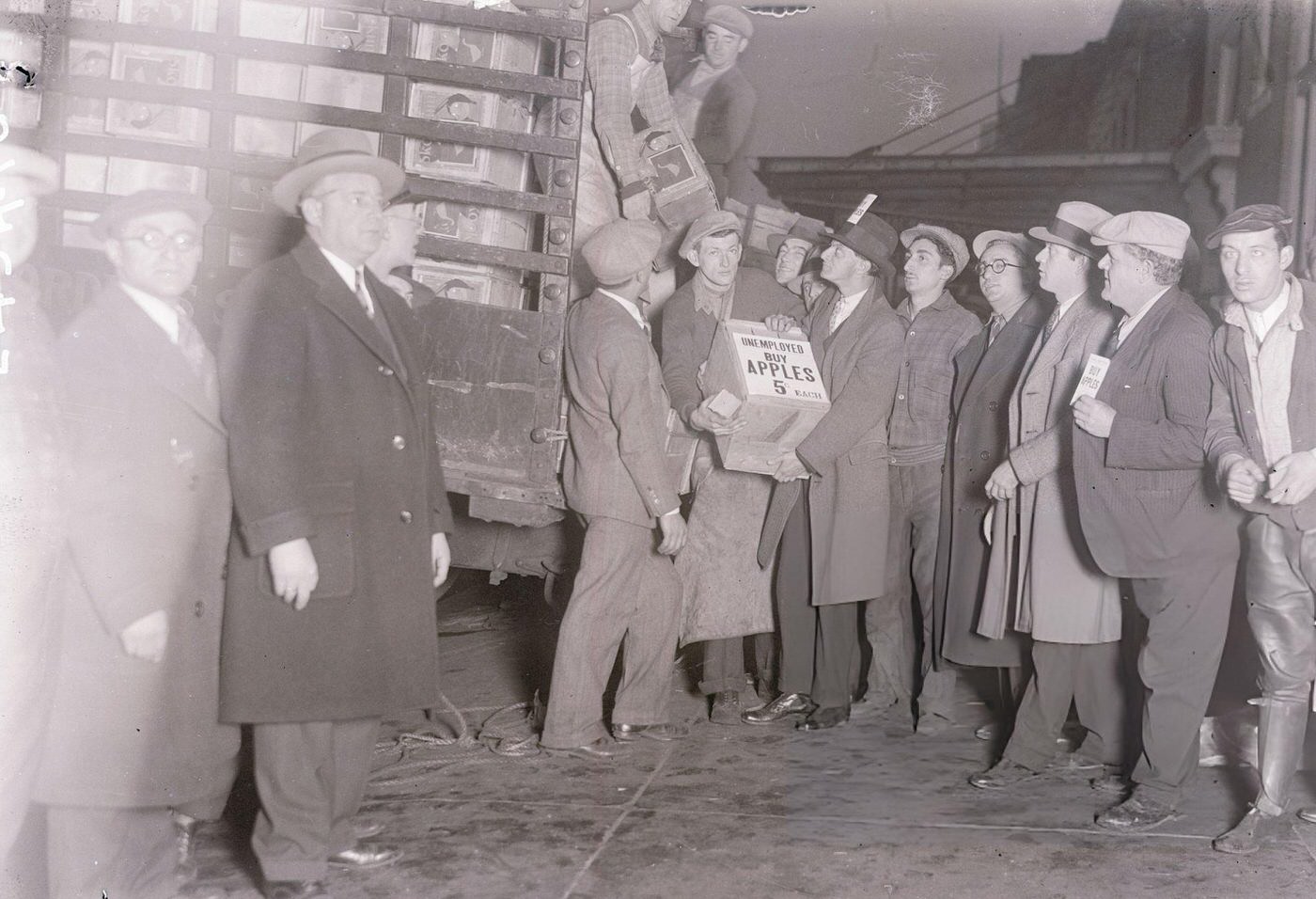
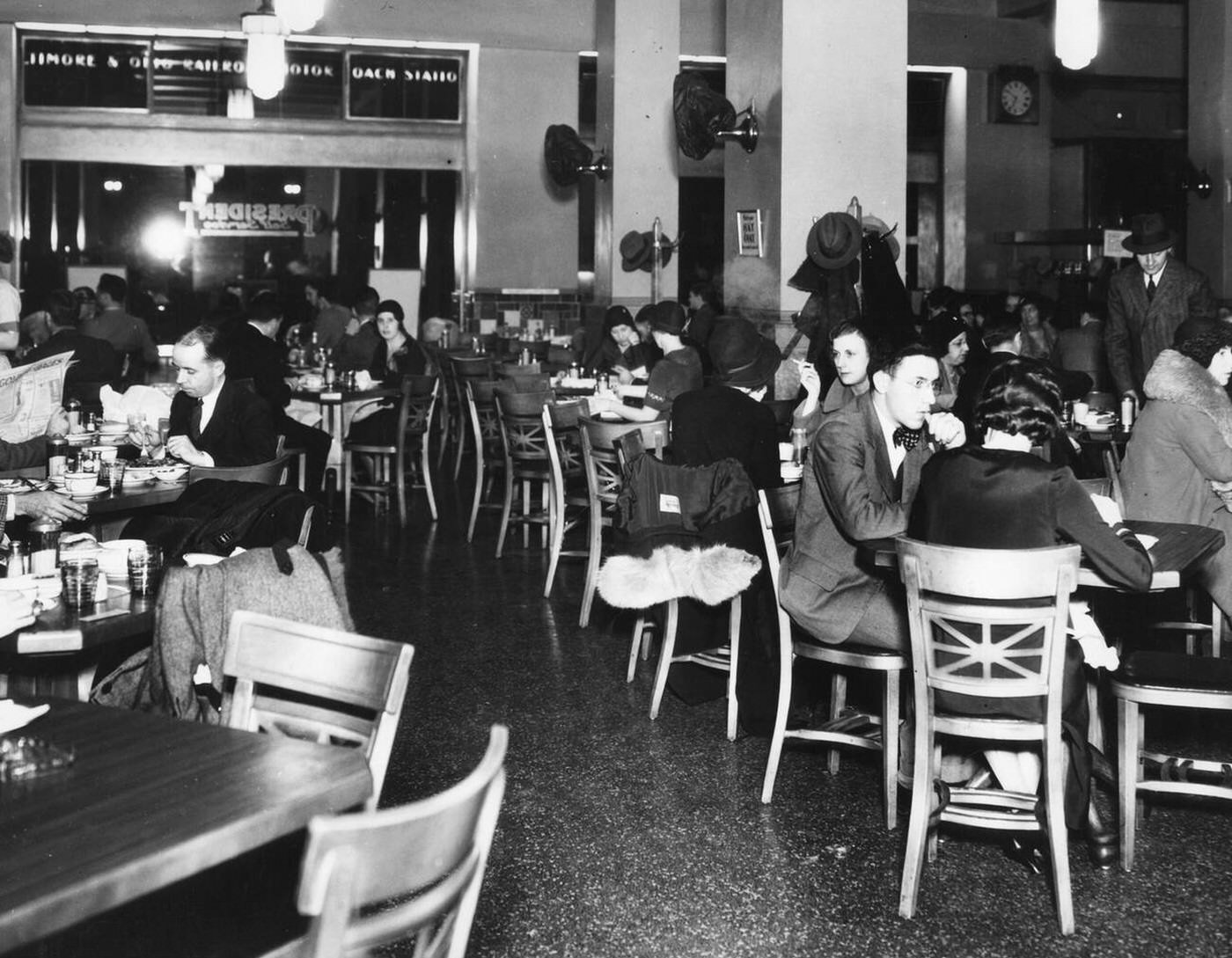
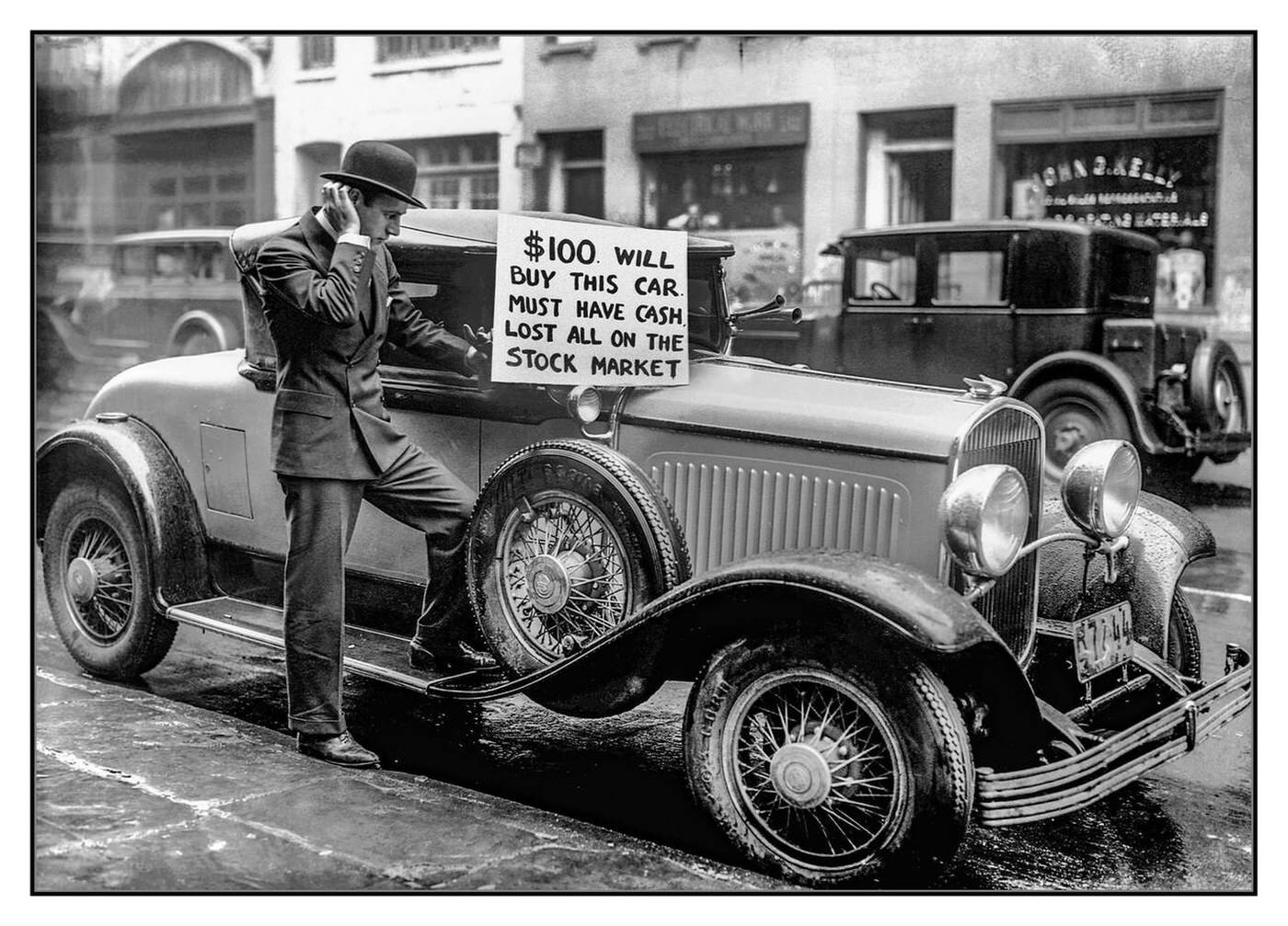
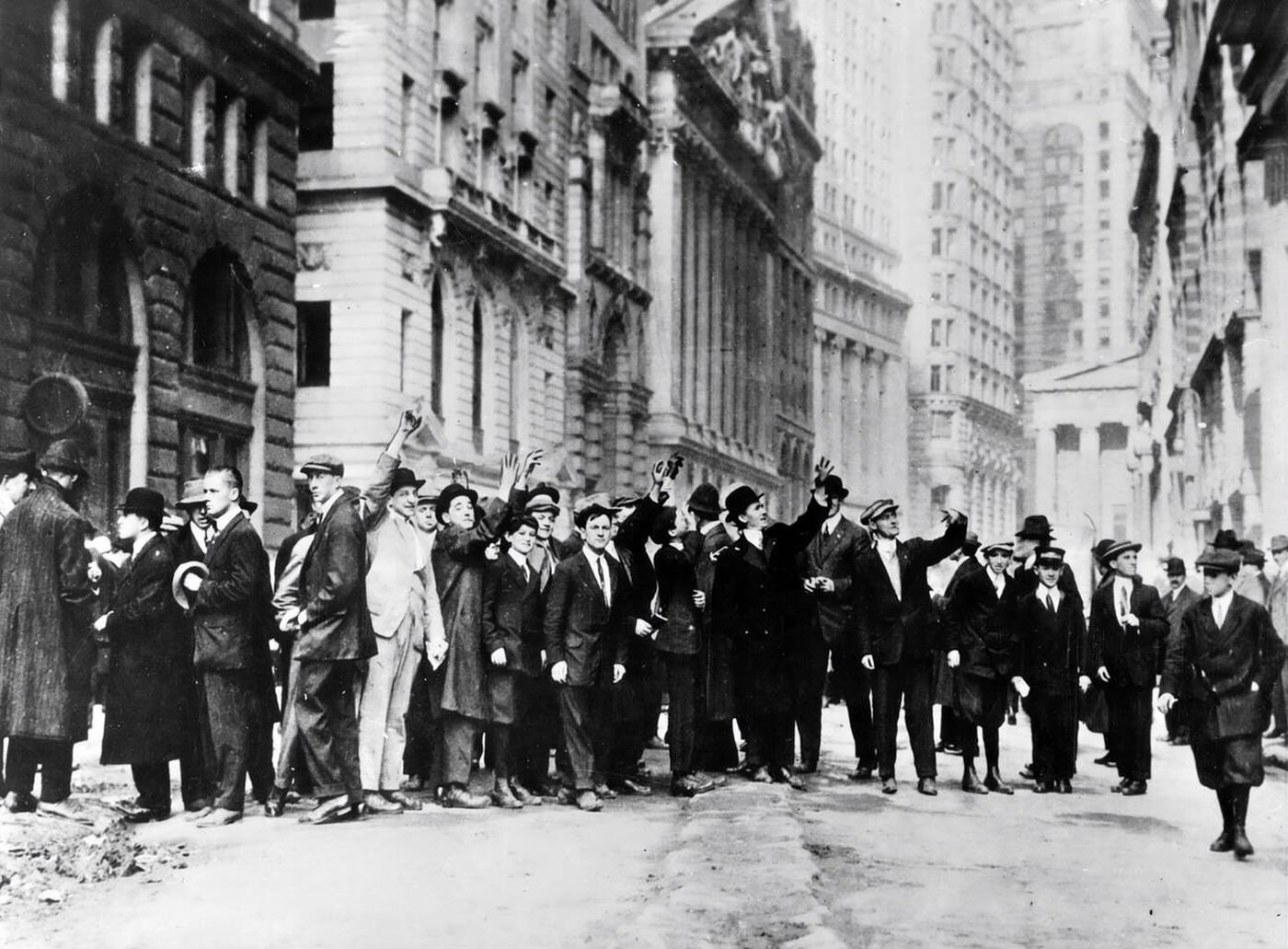
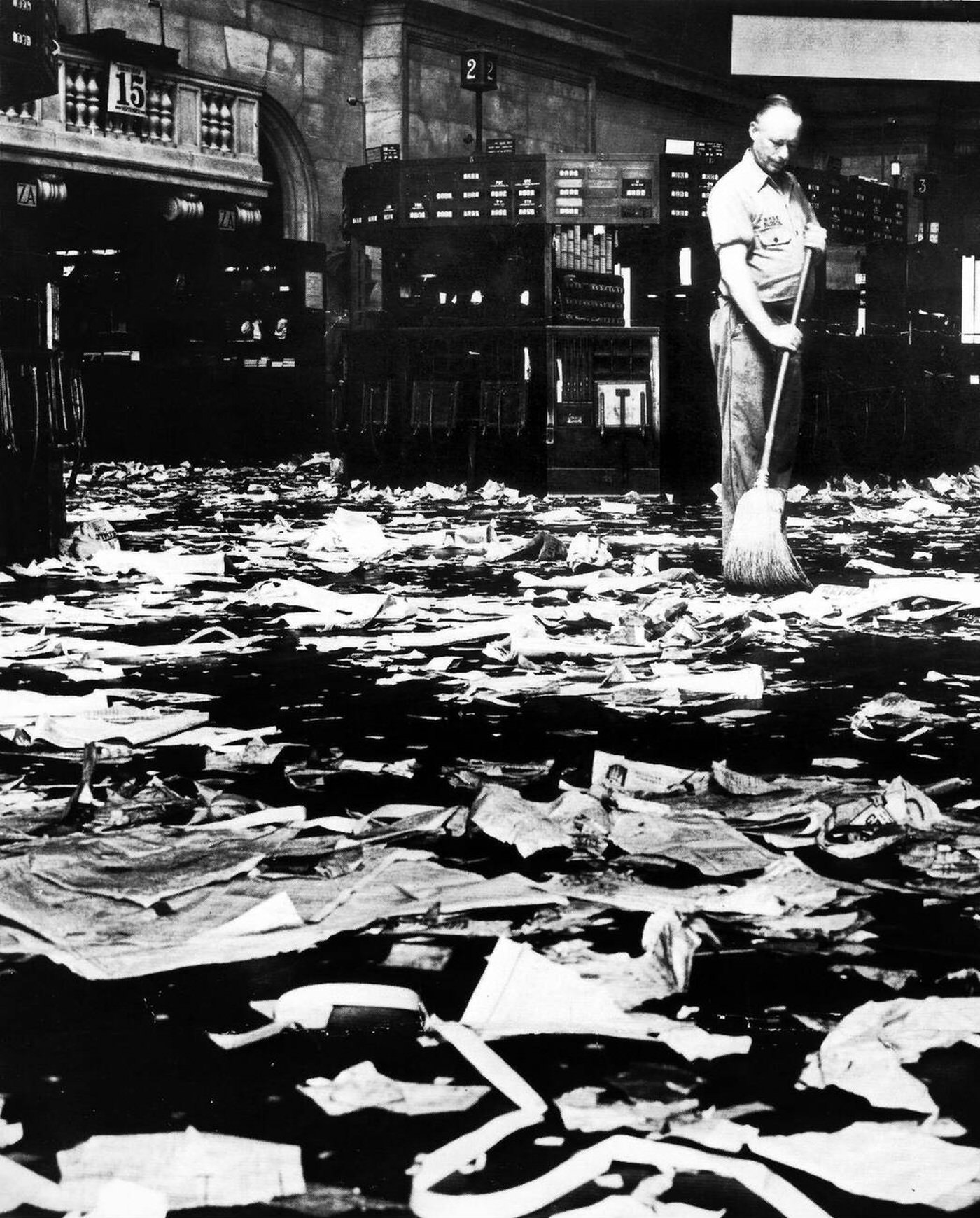

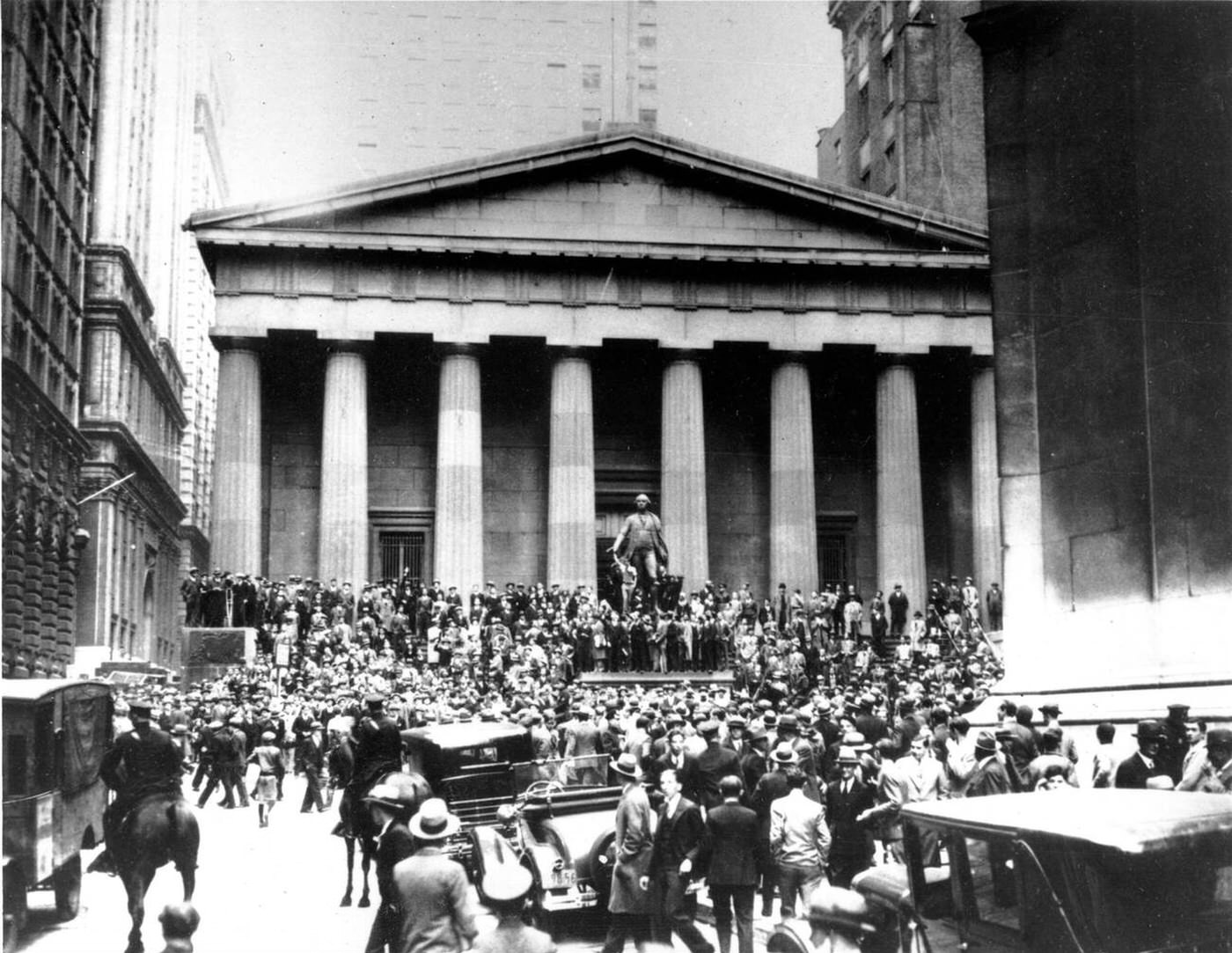
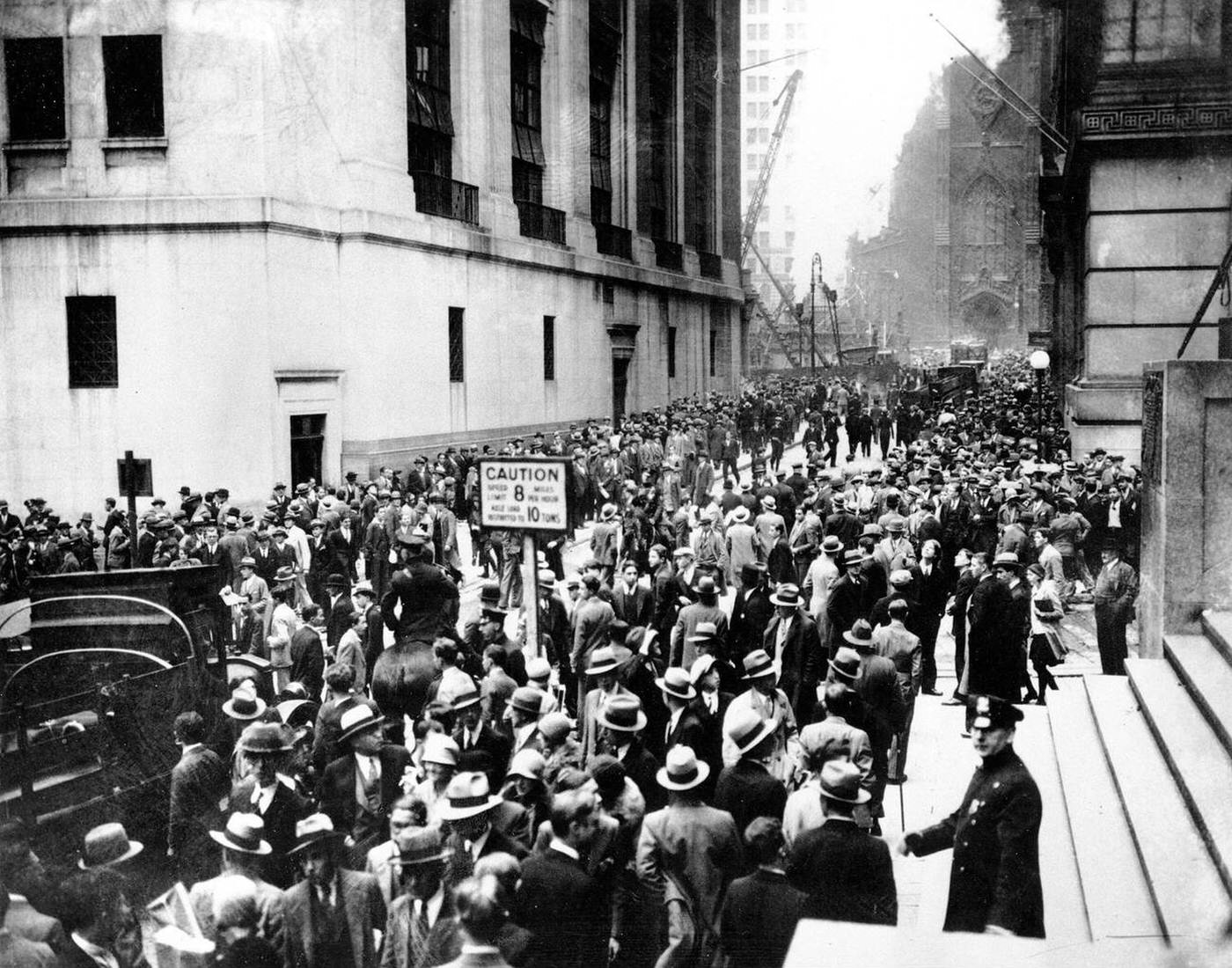
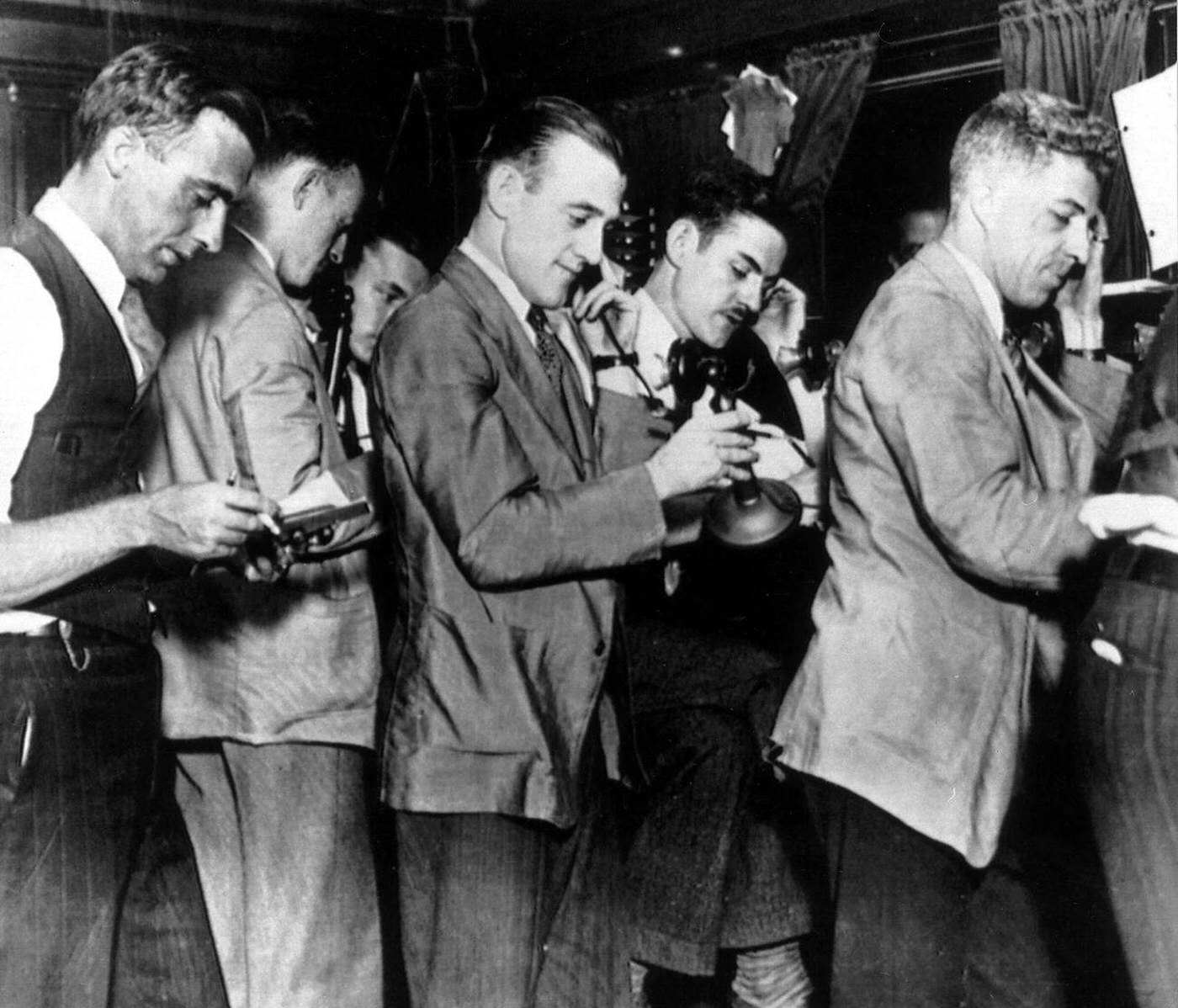
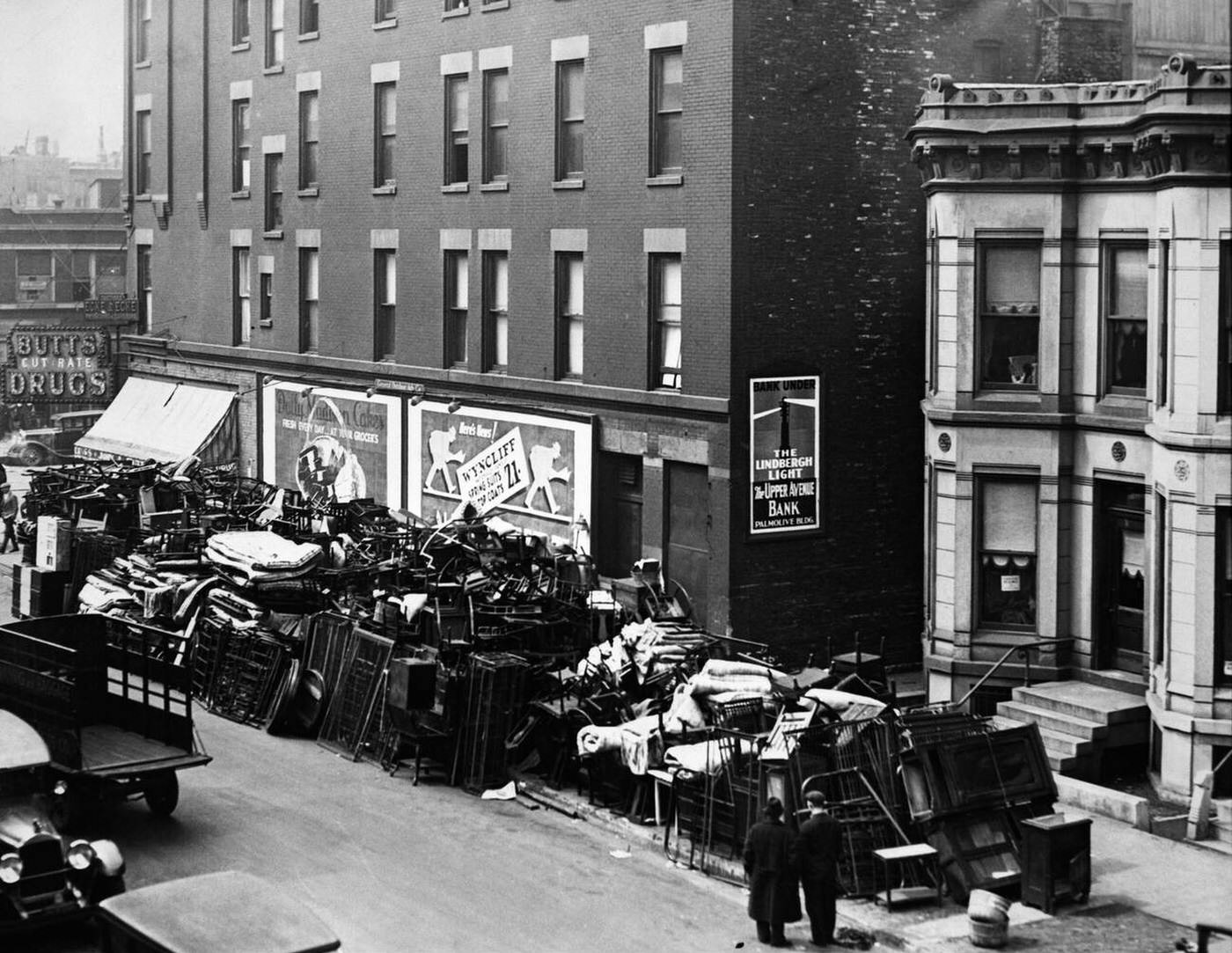

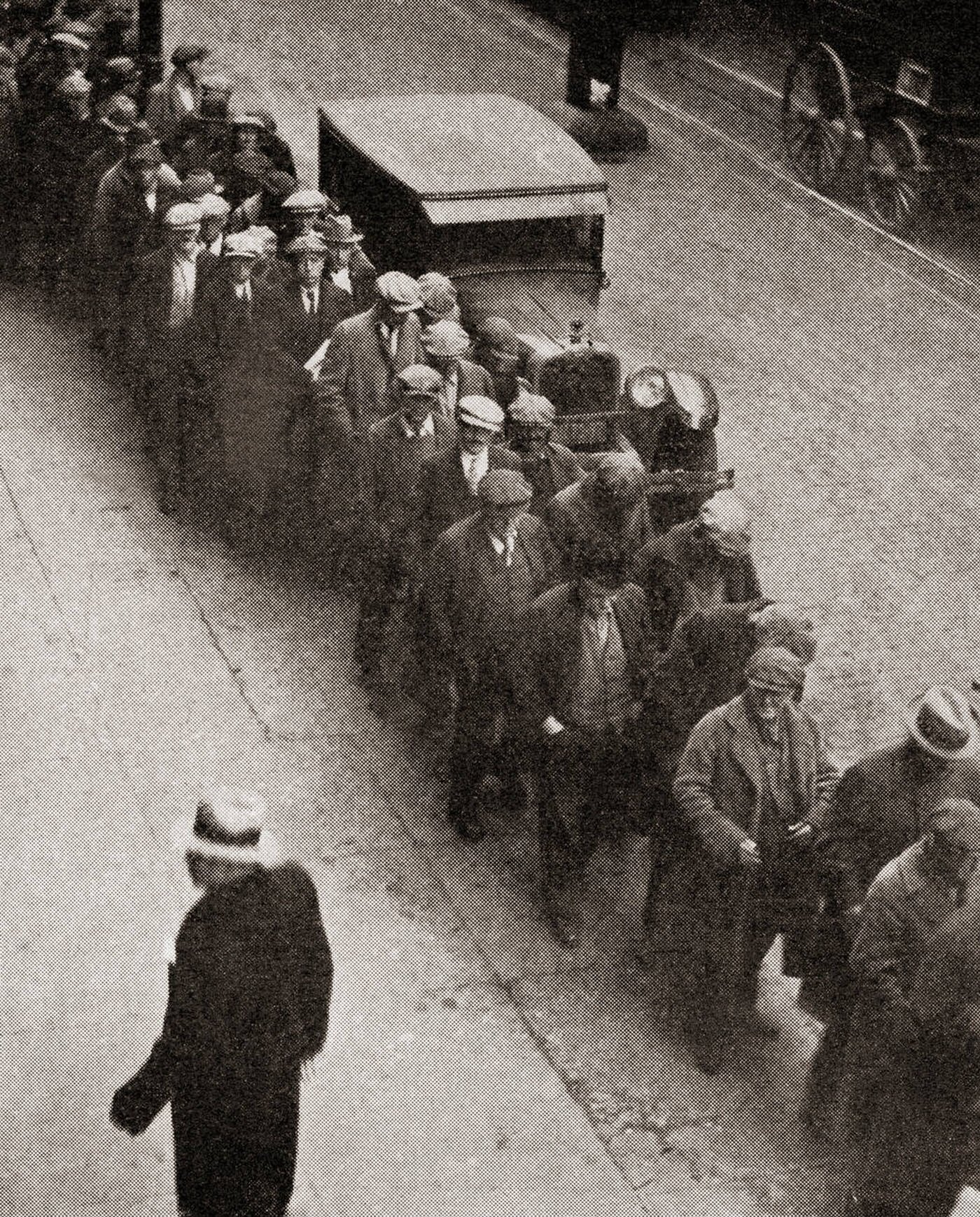
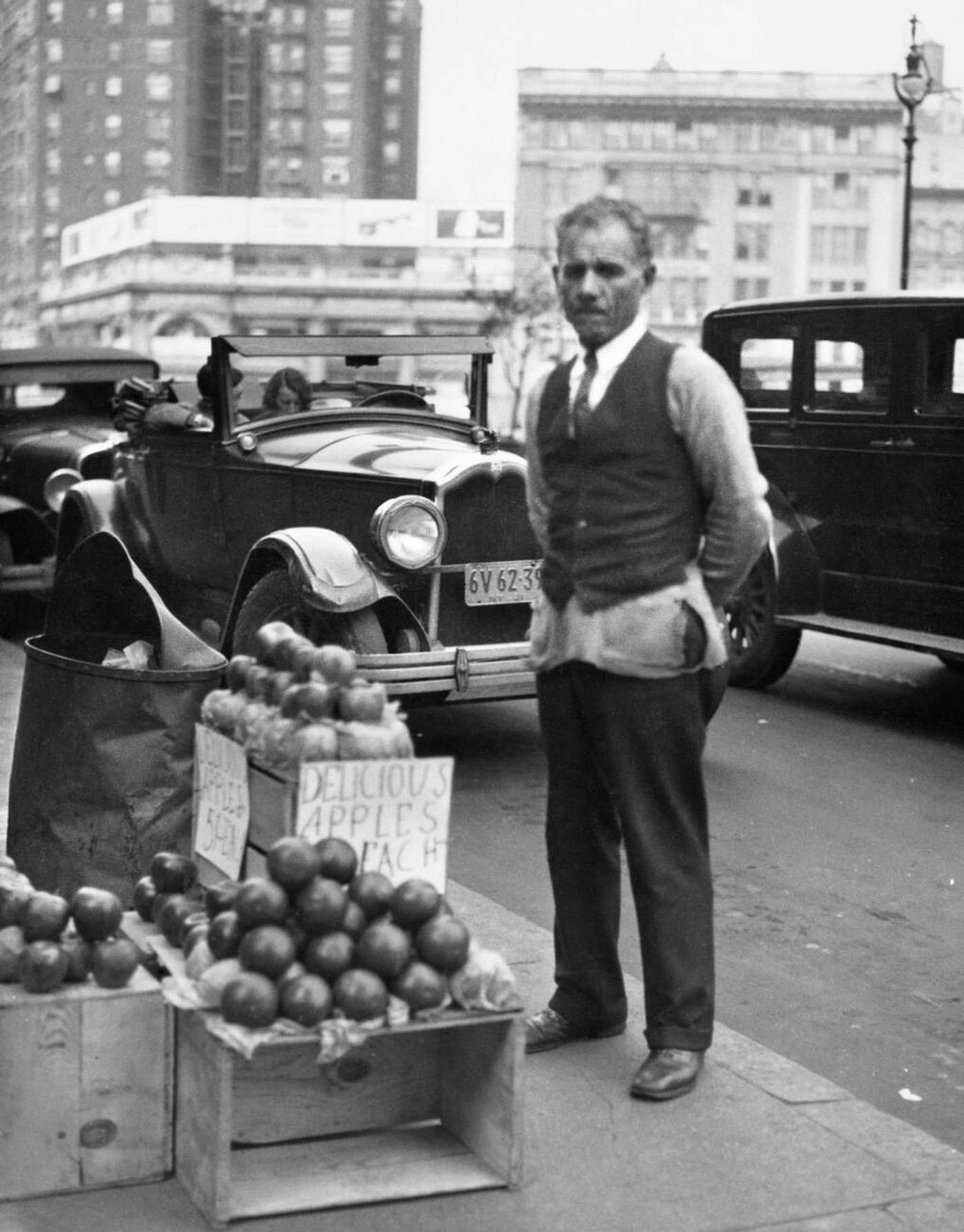

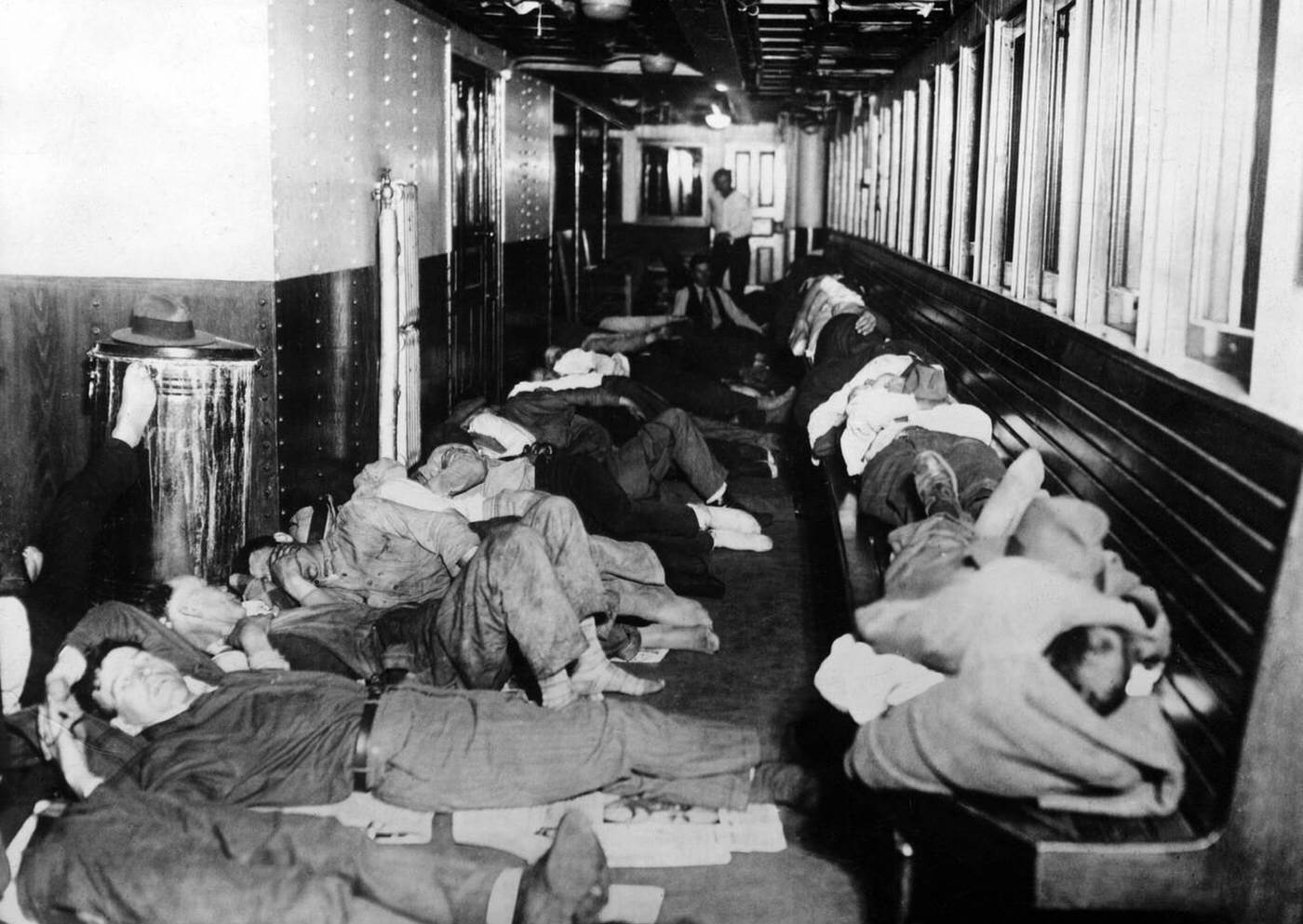
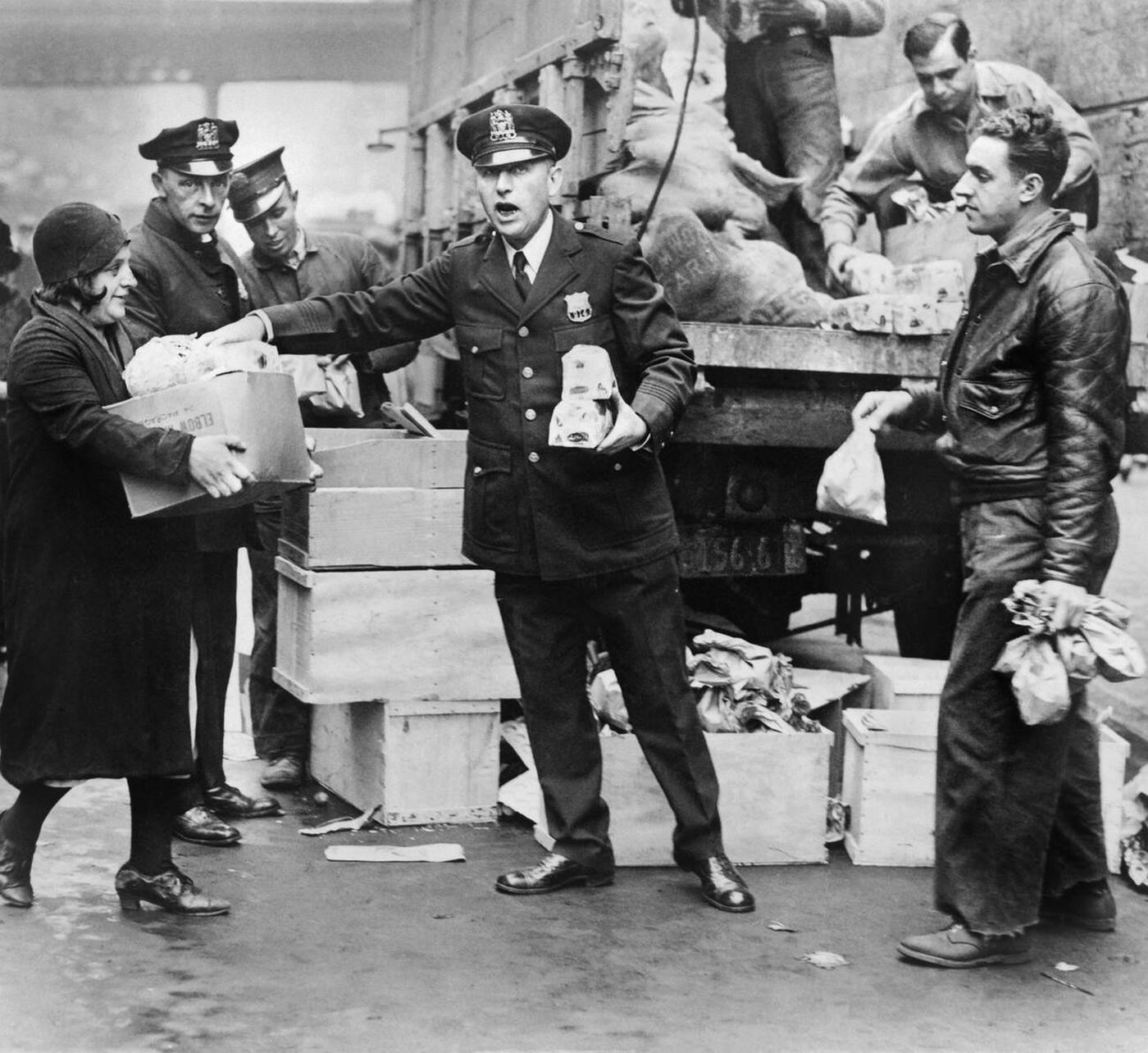

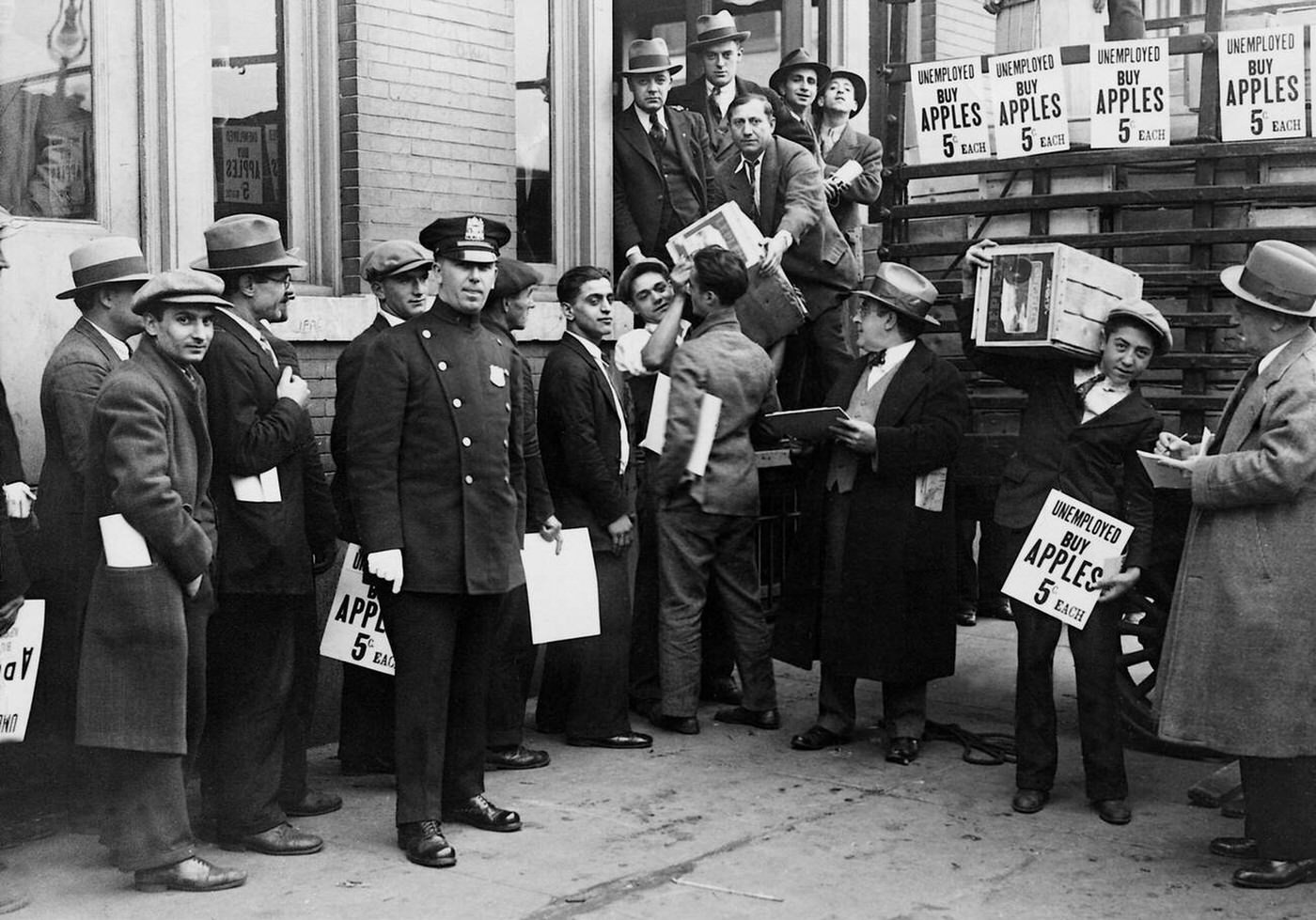
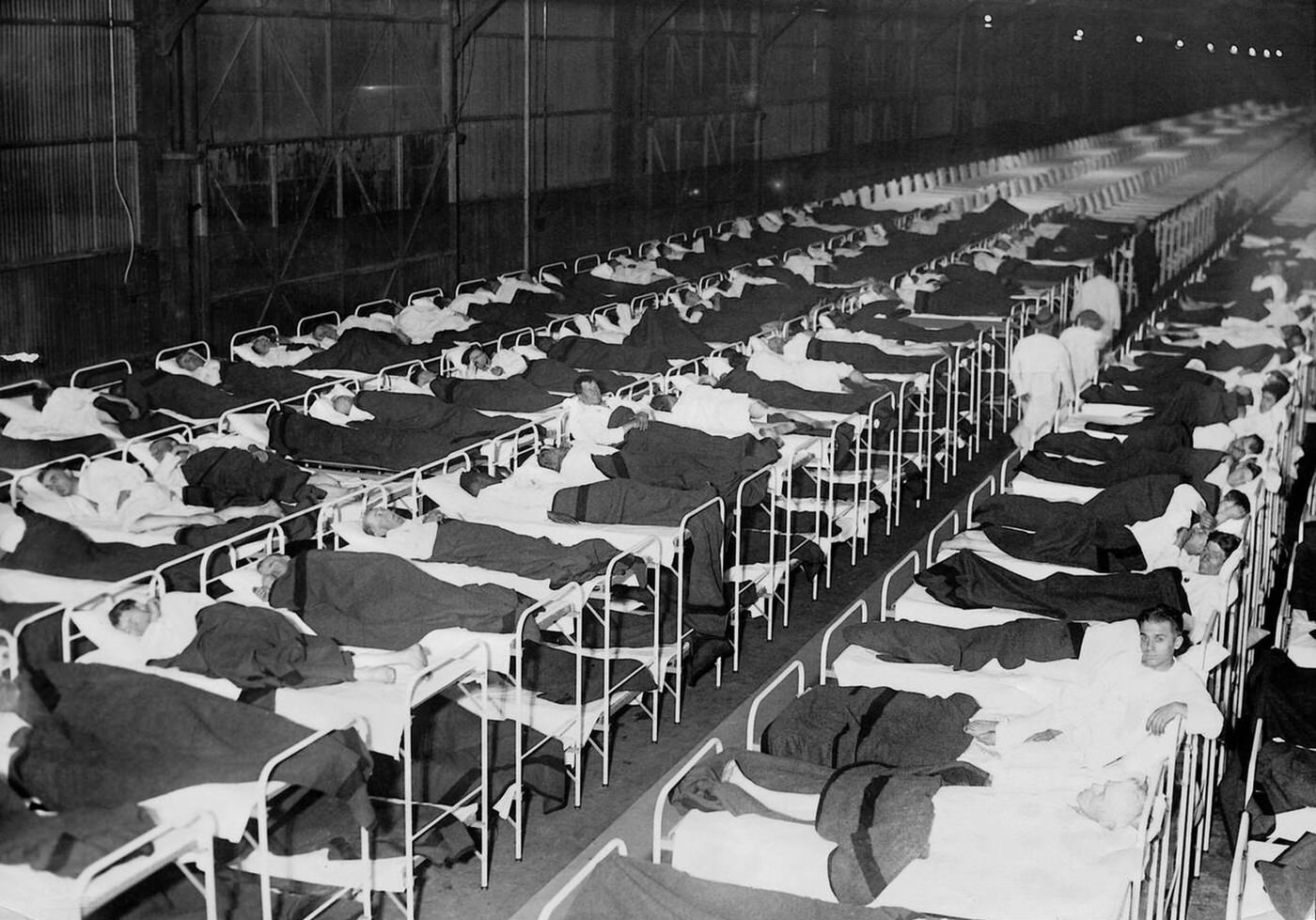
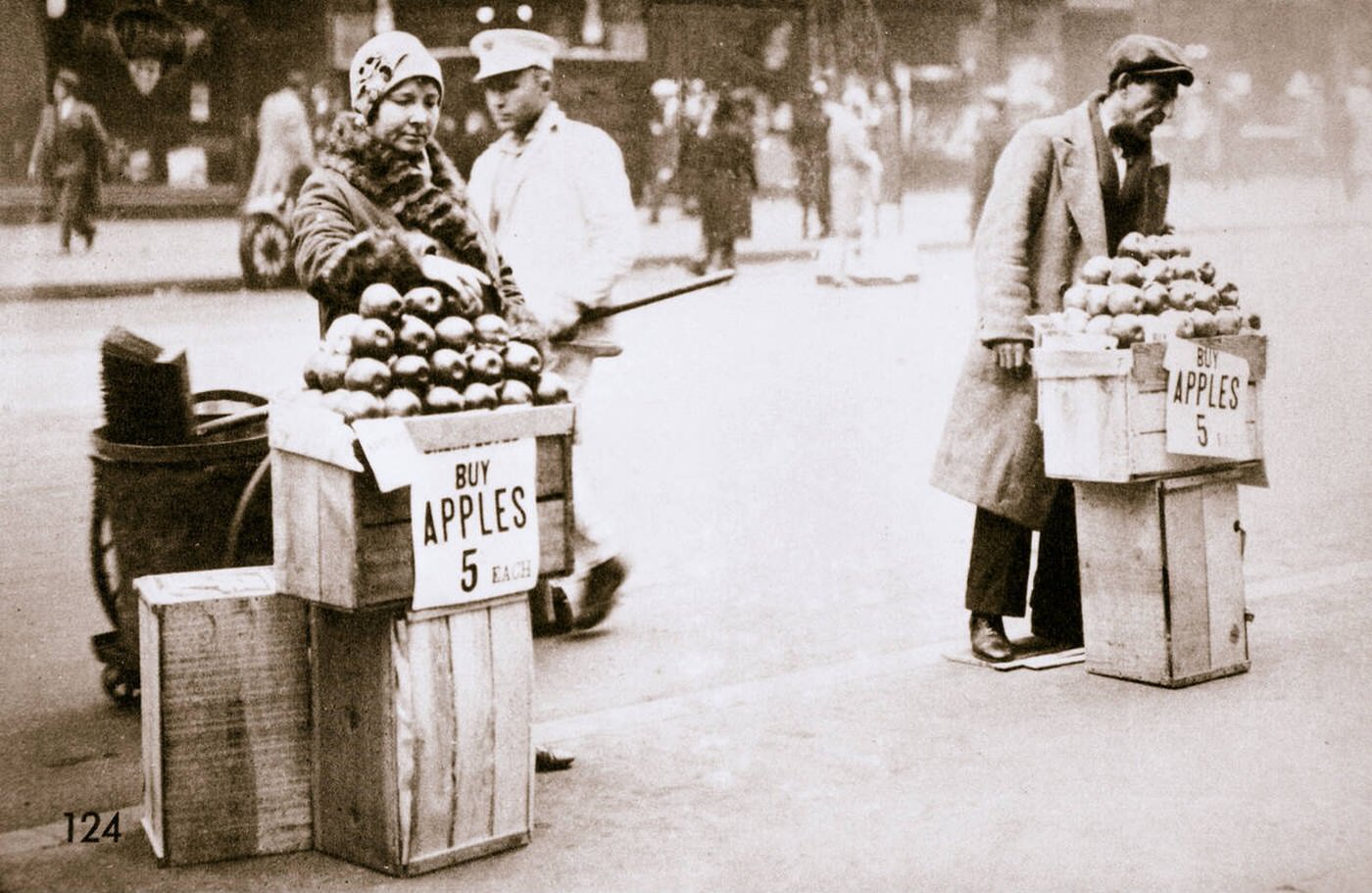
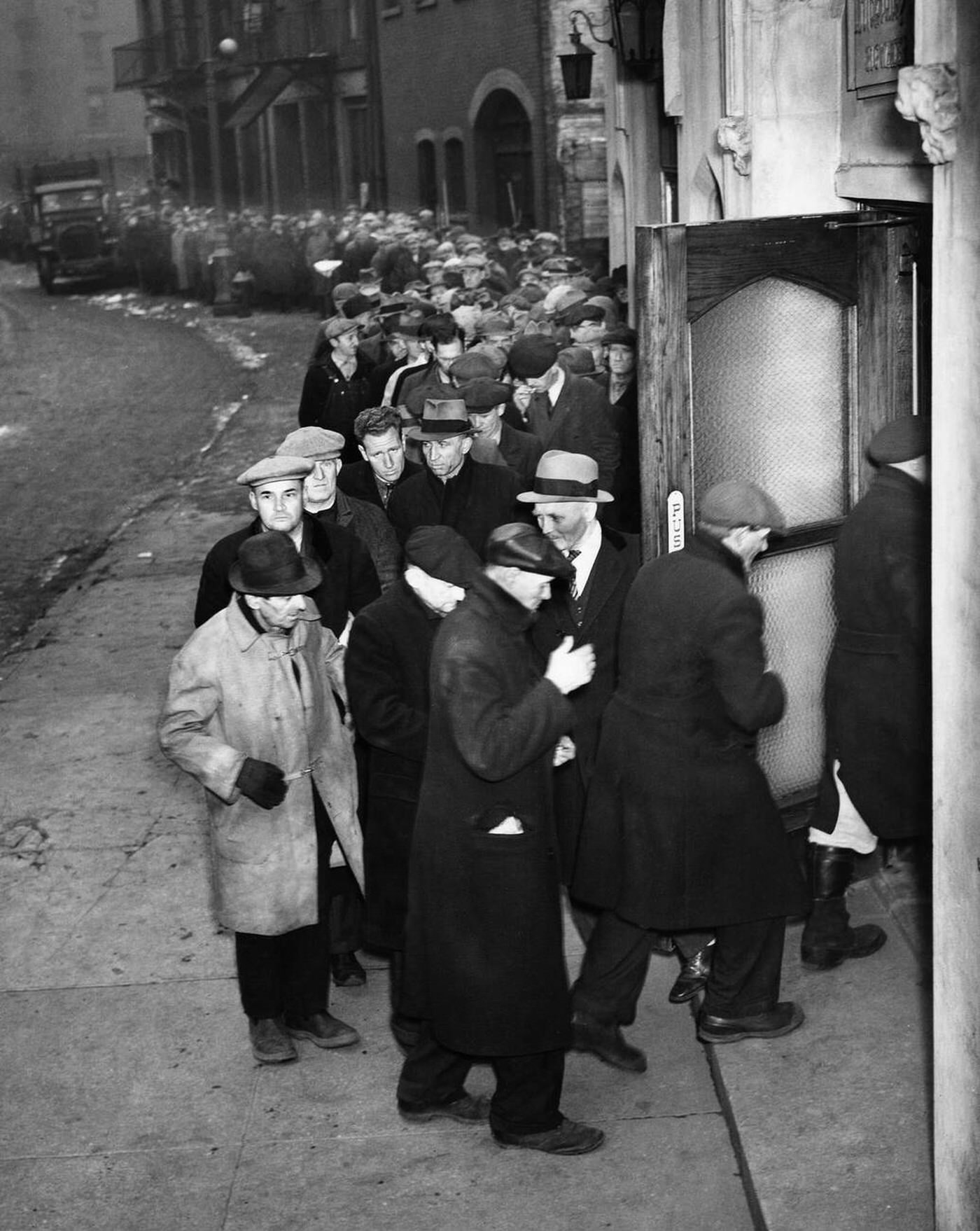
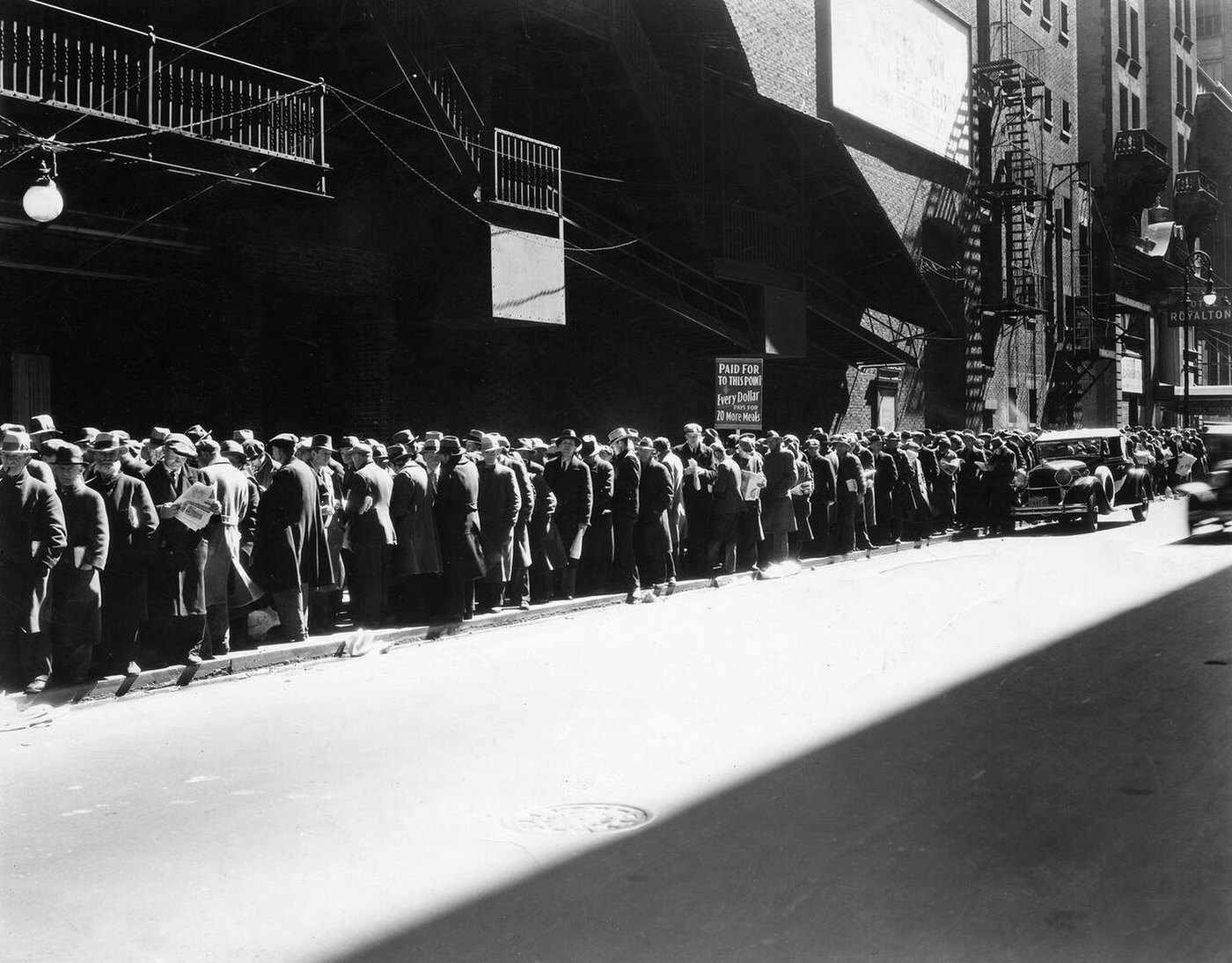
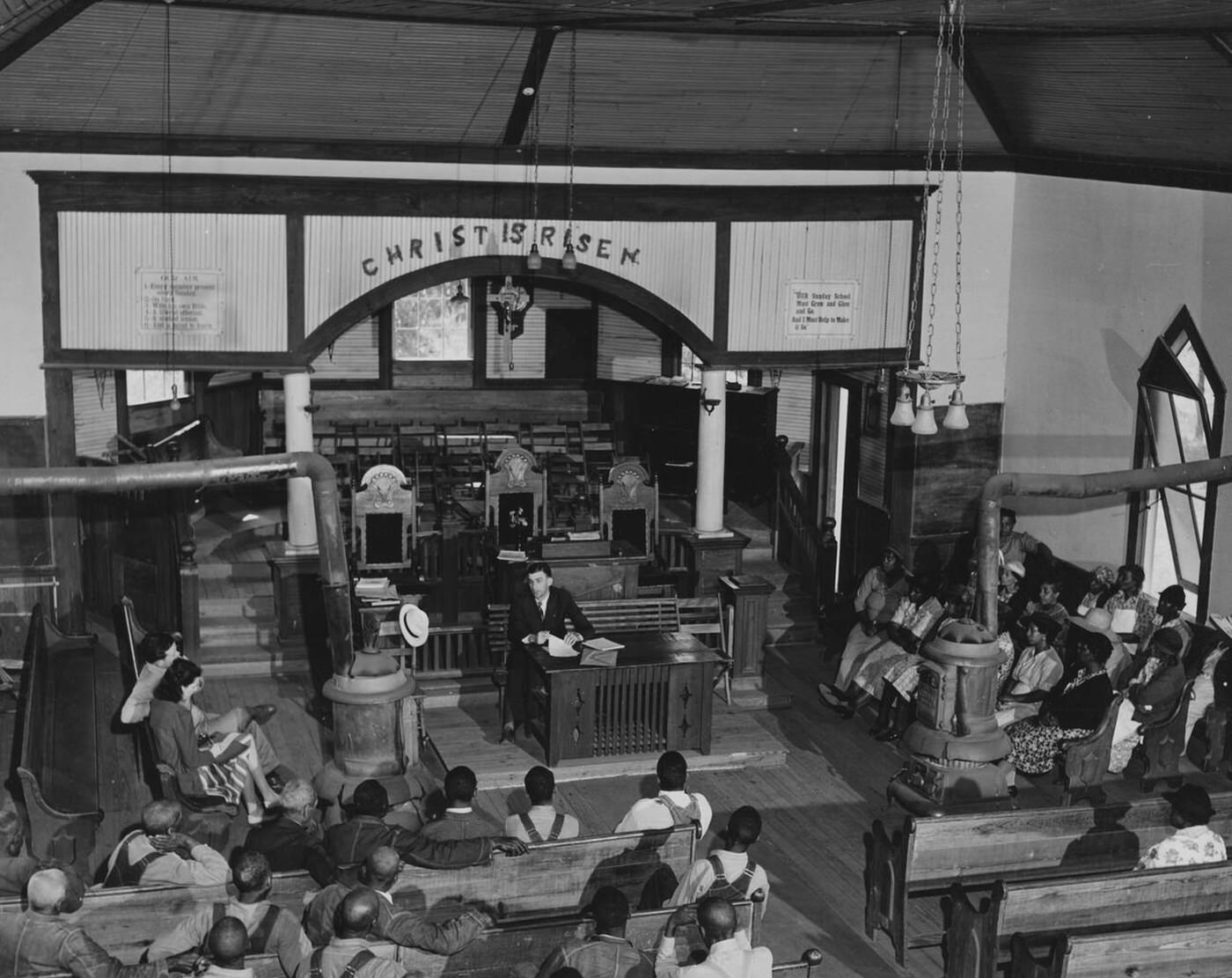
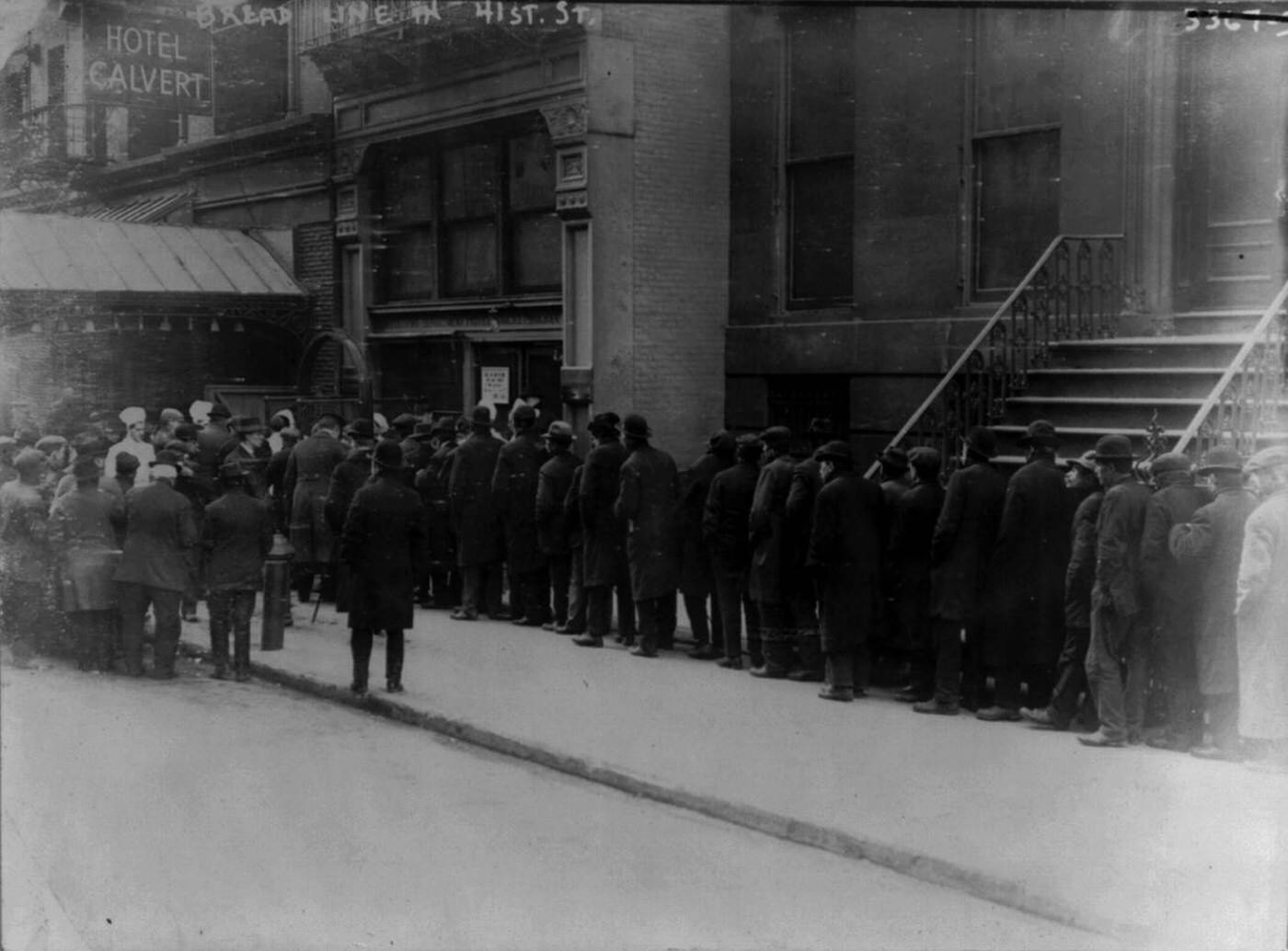

GIPHY App Key not set. Please check settings